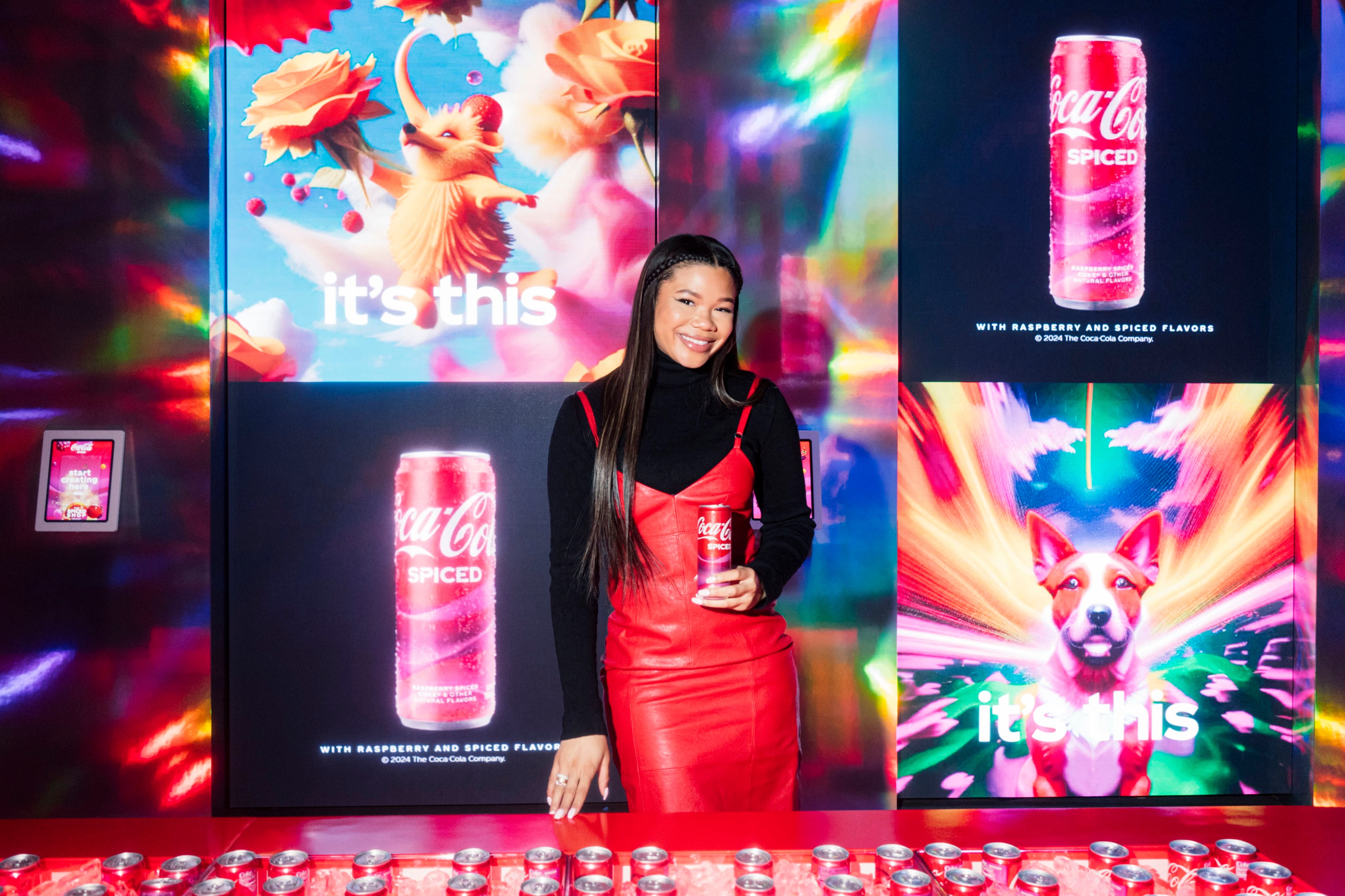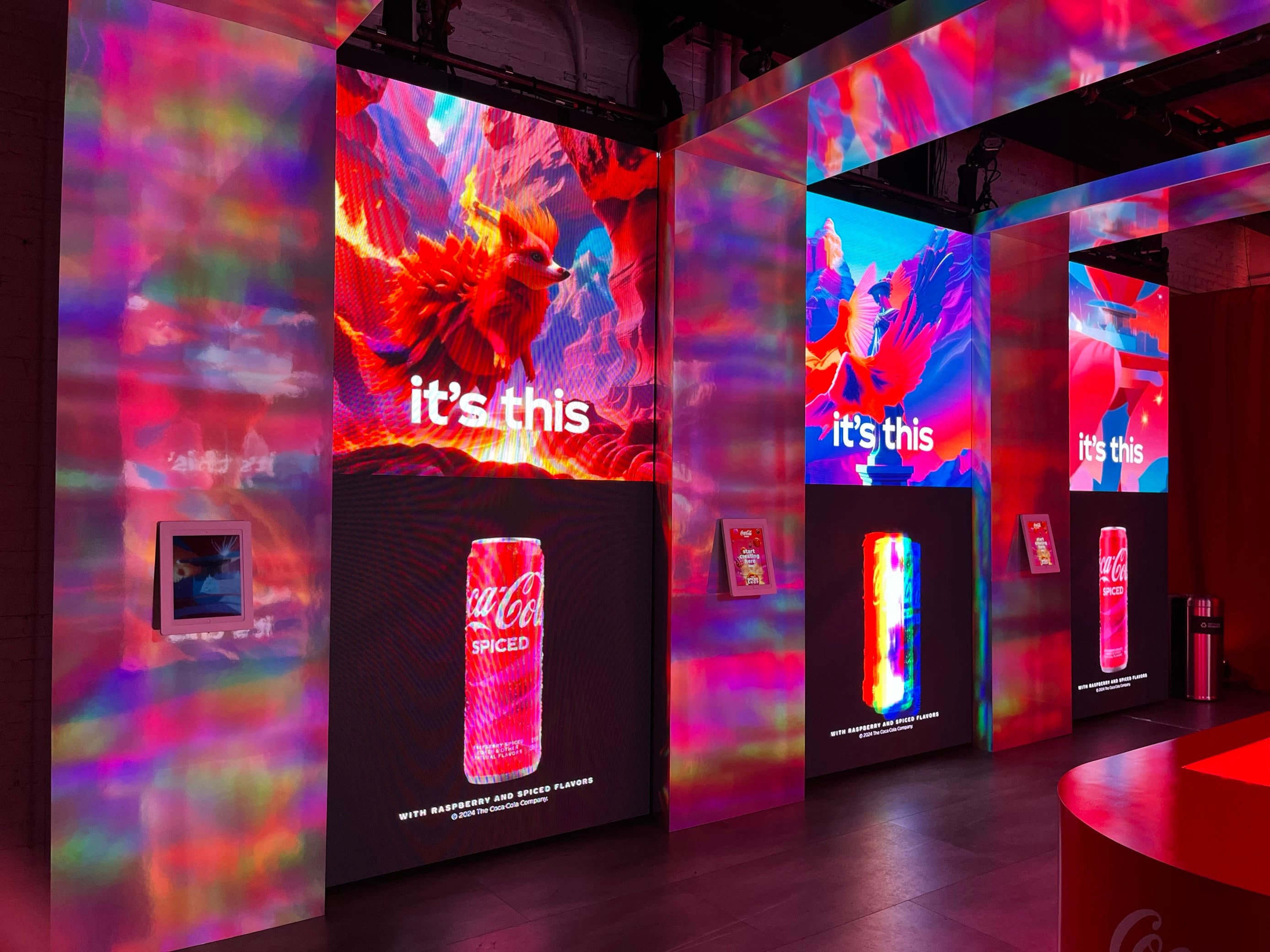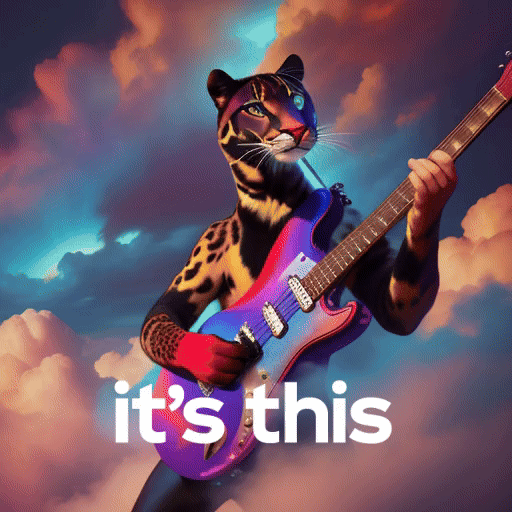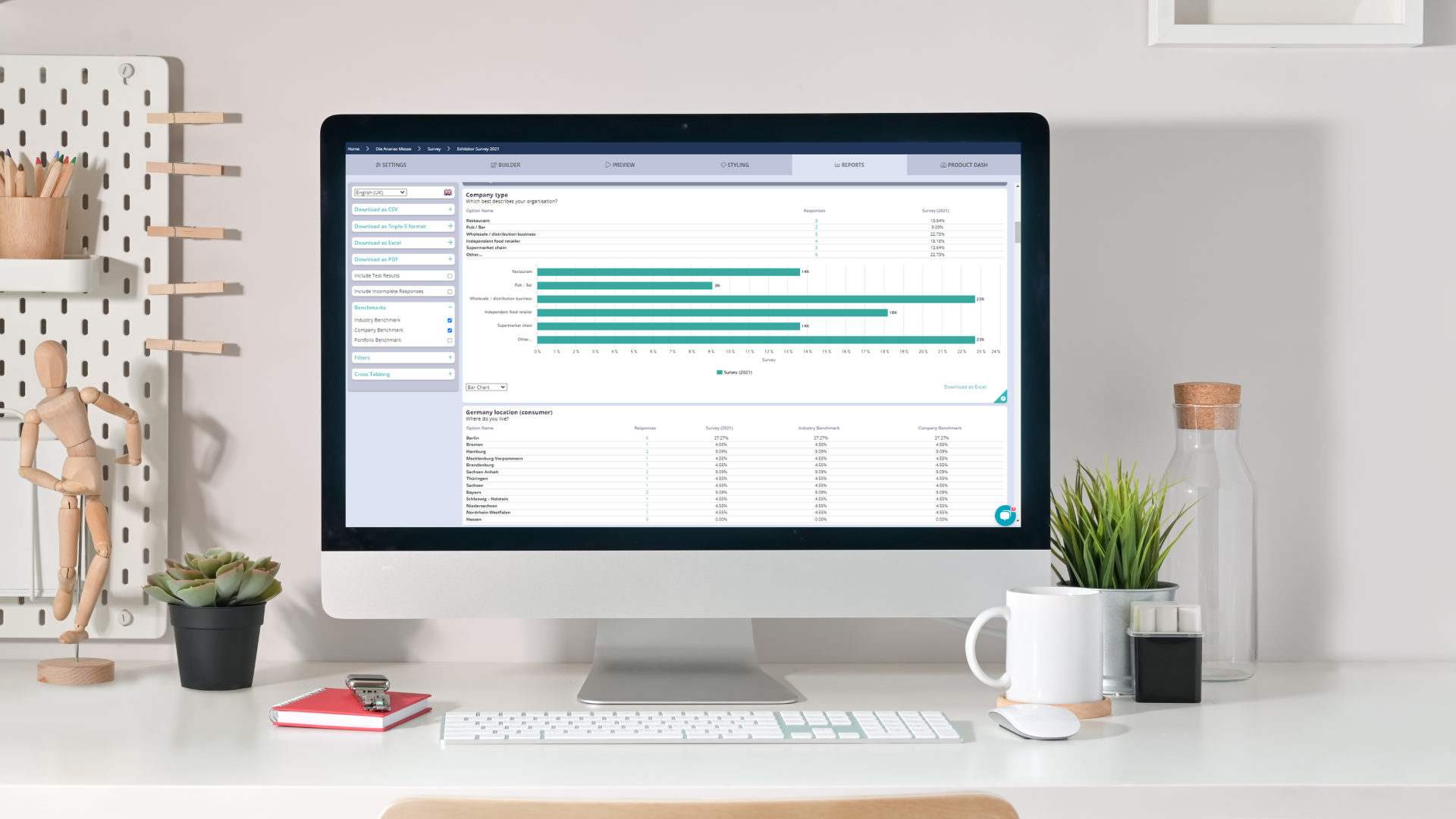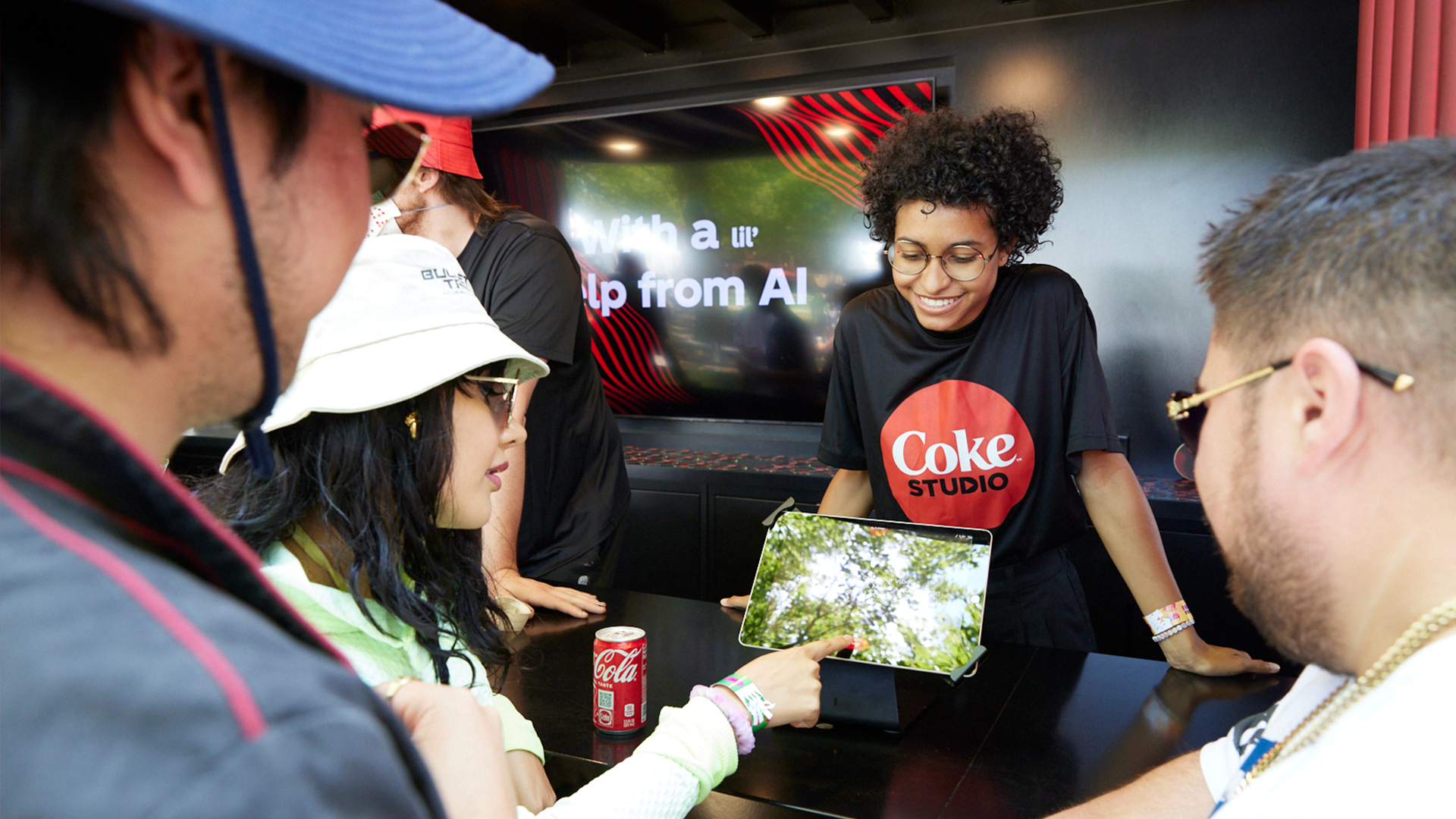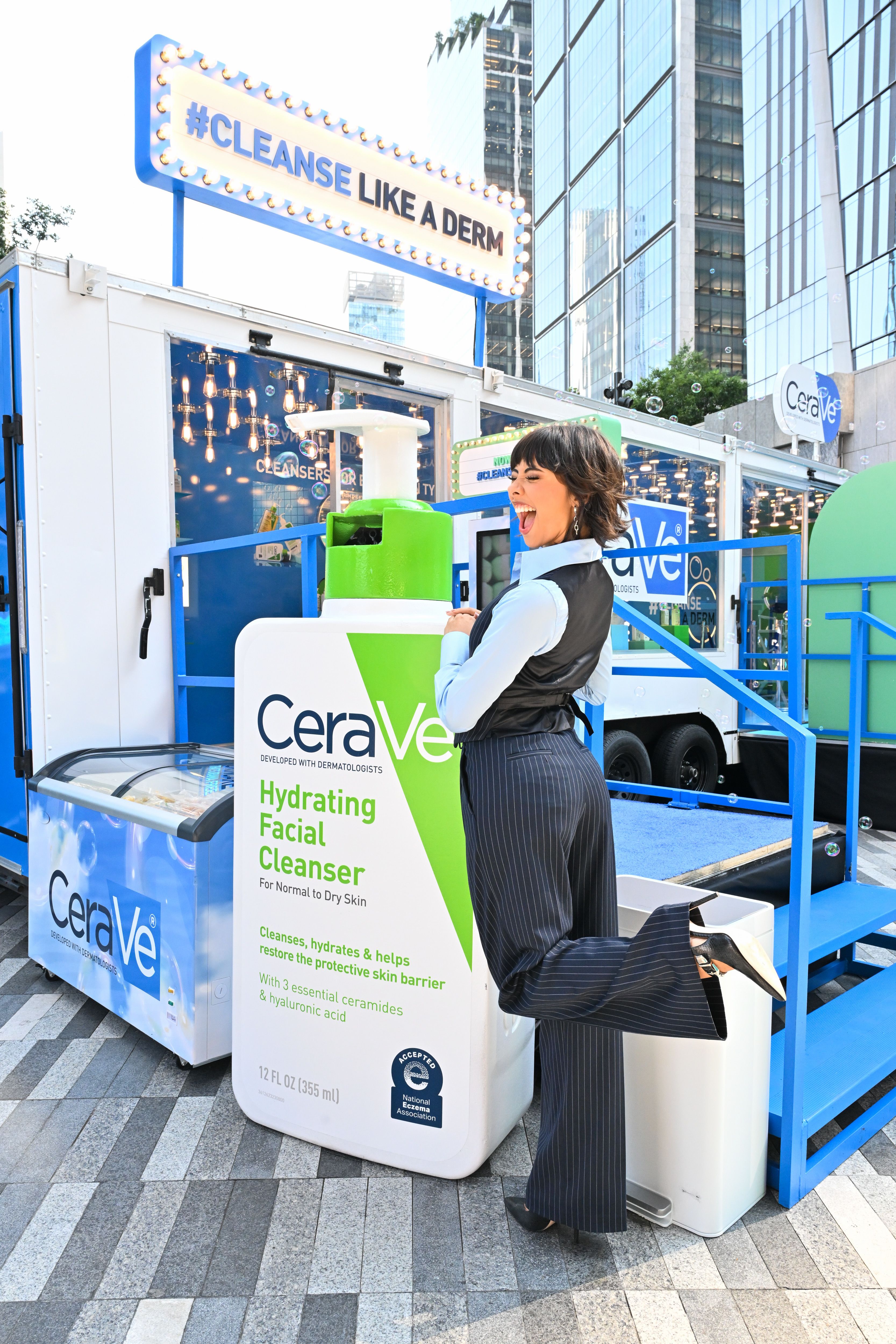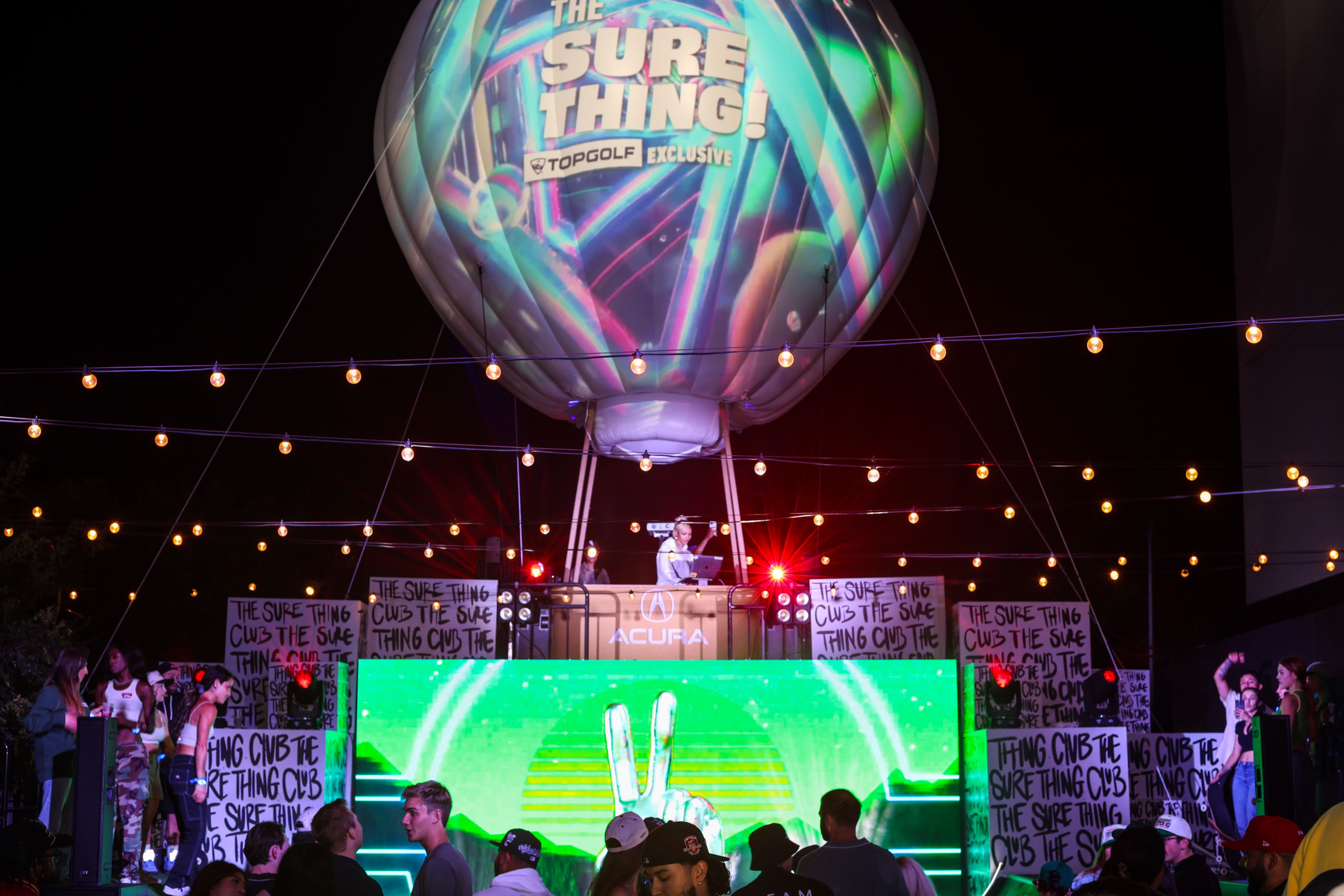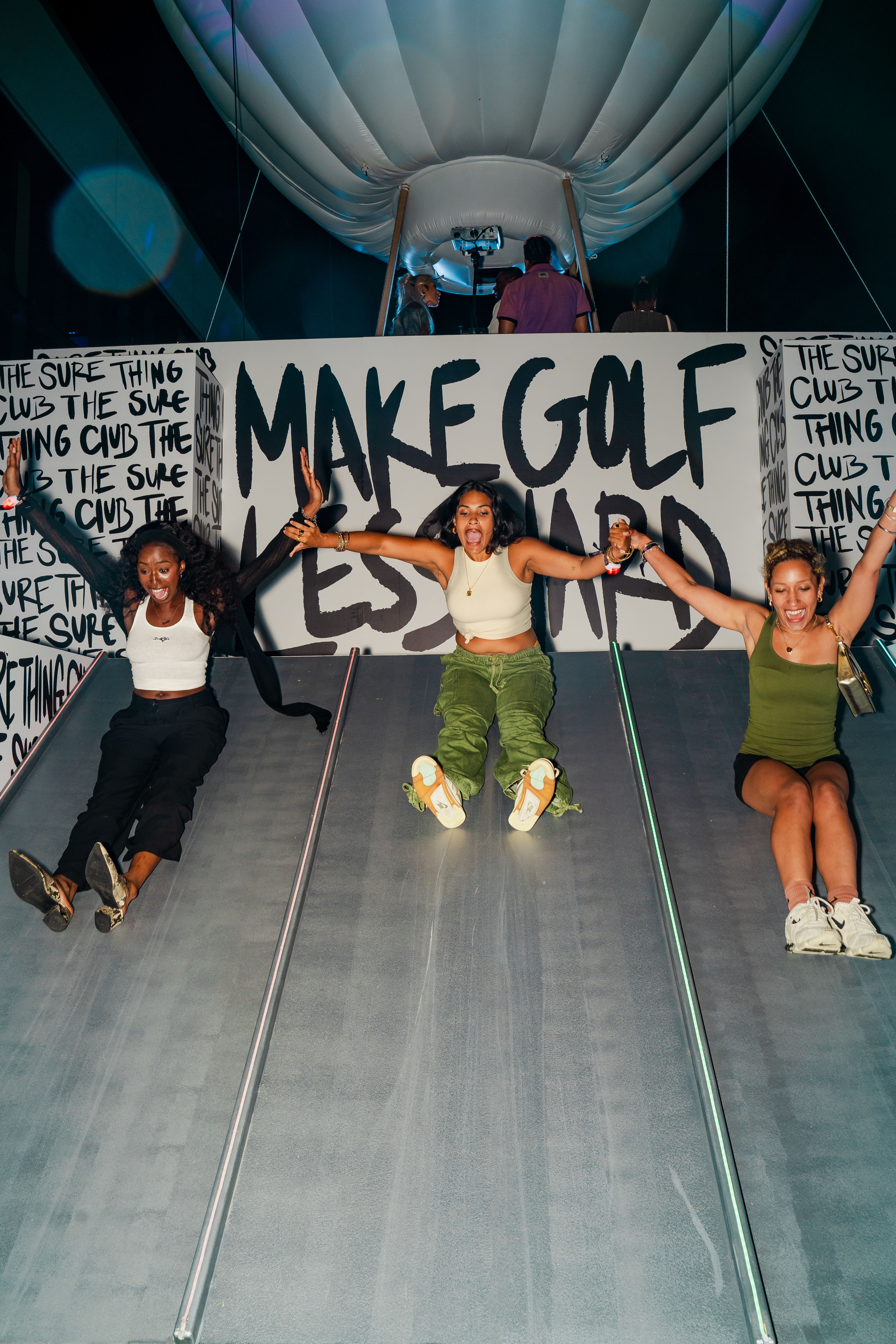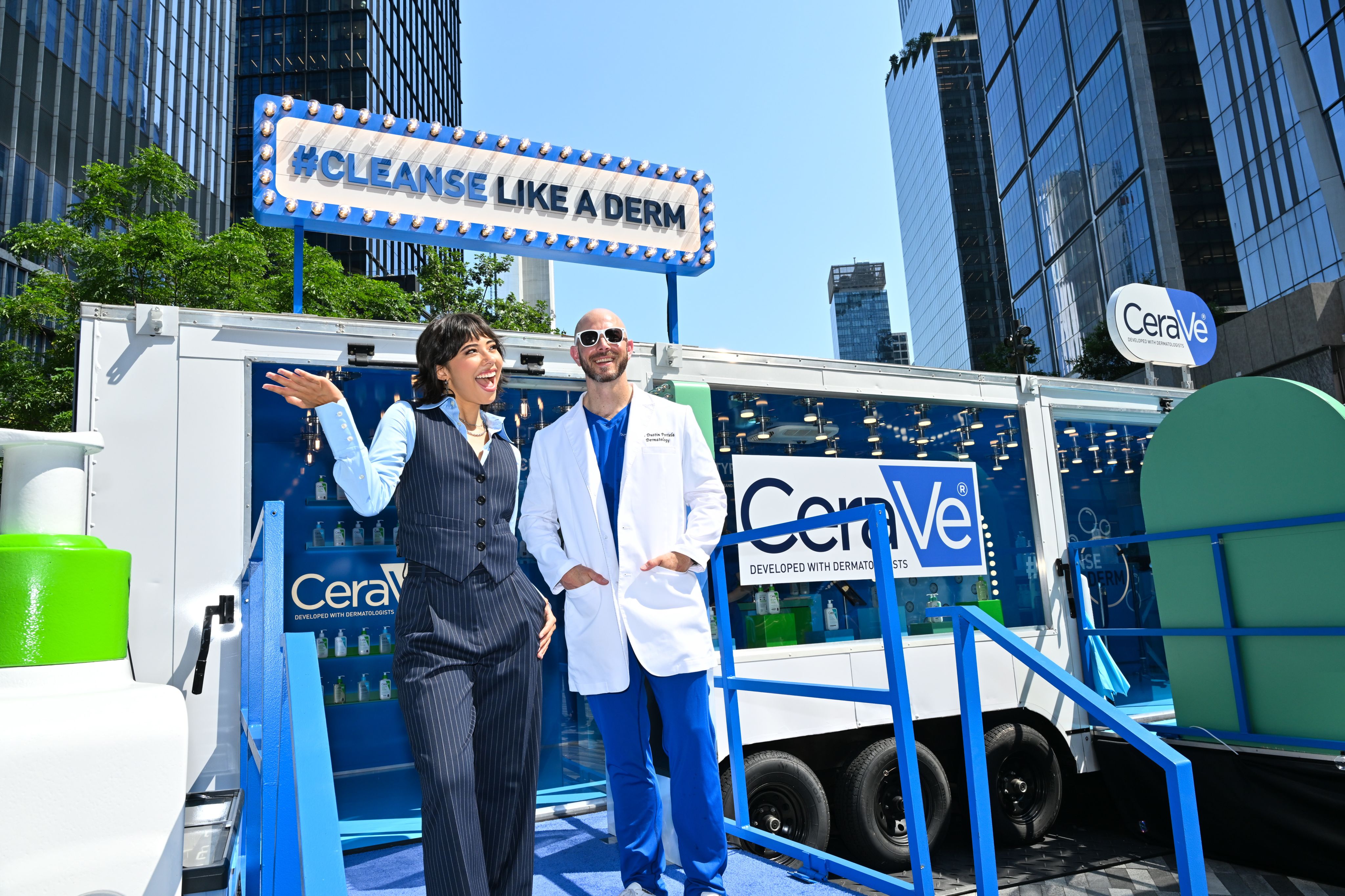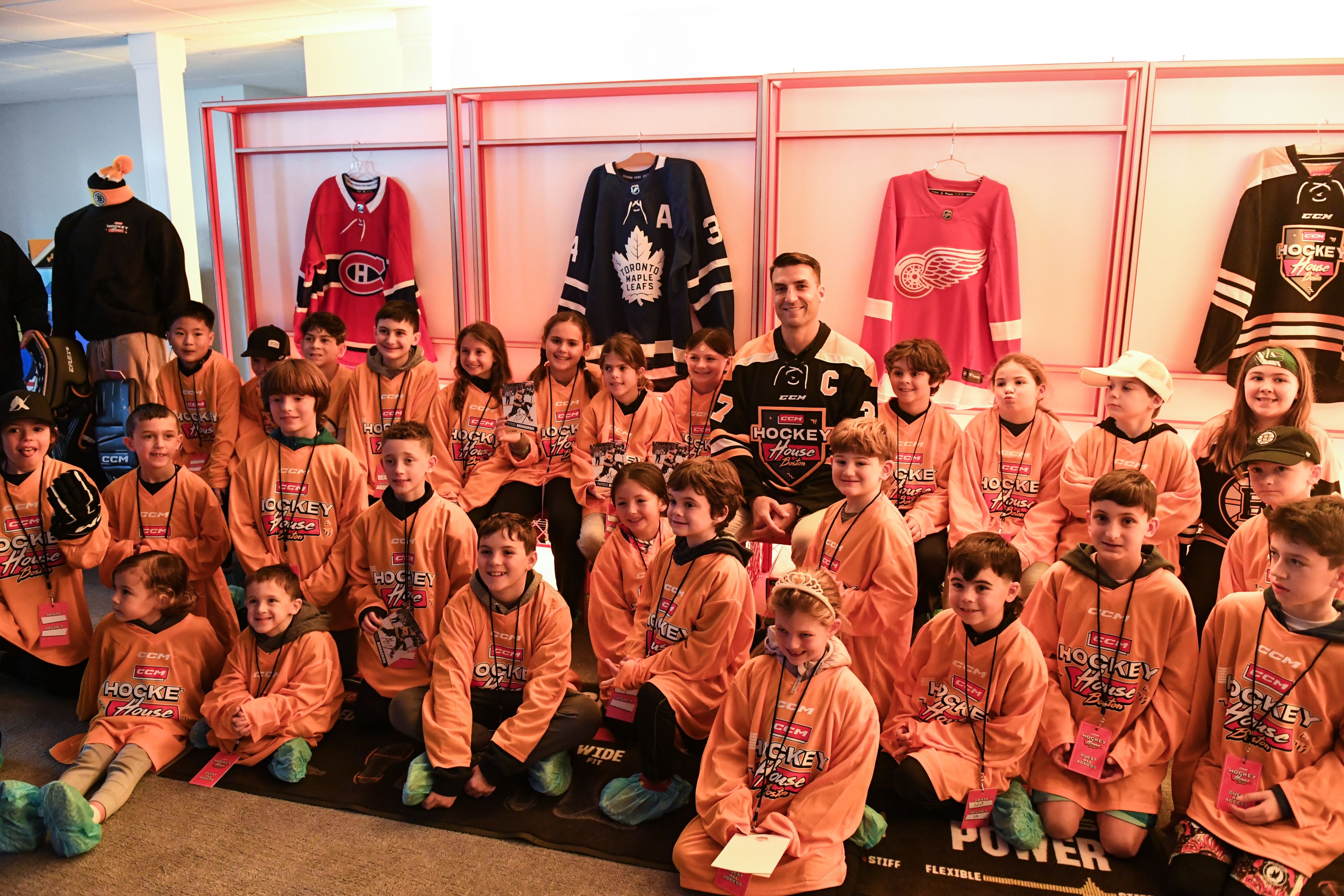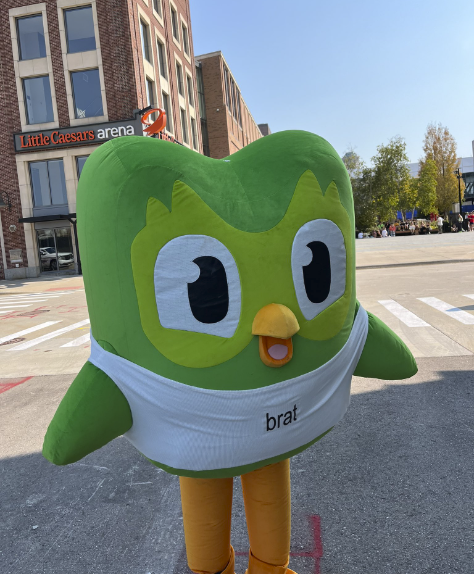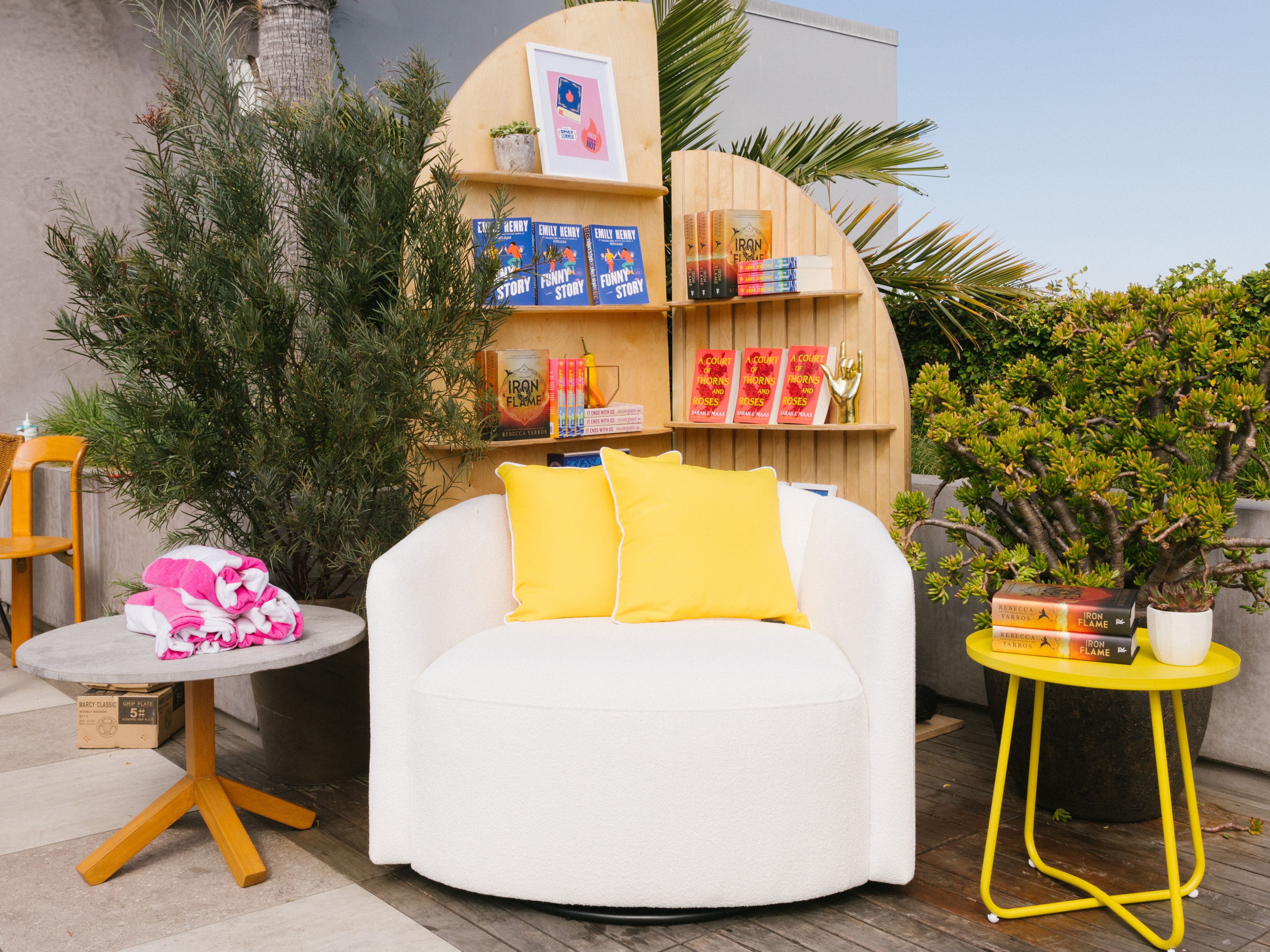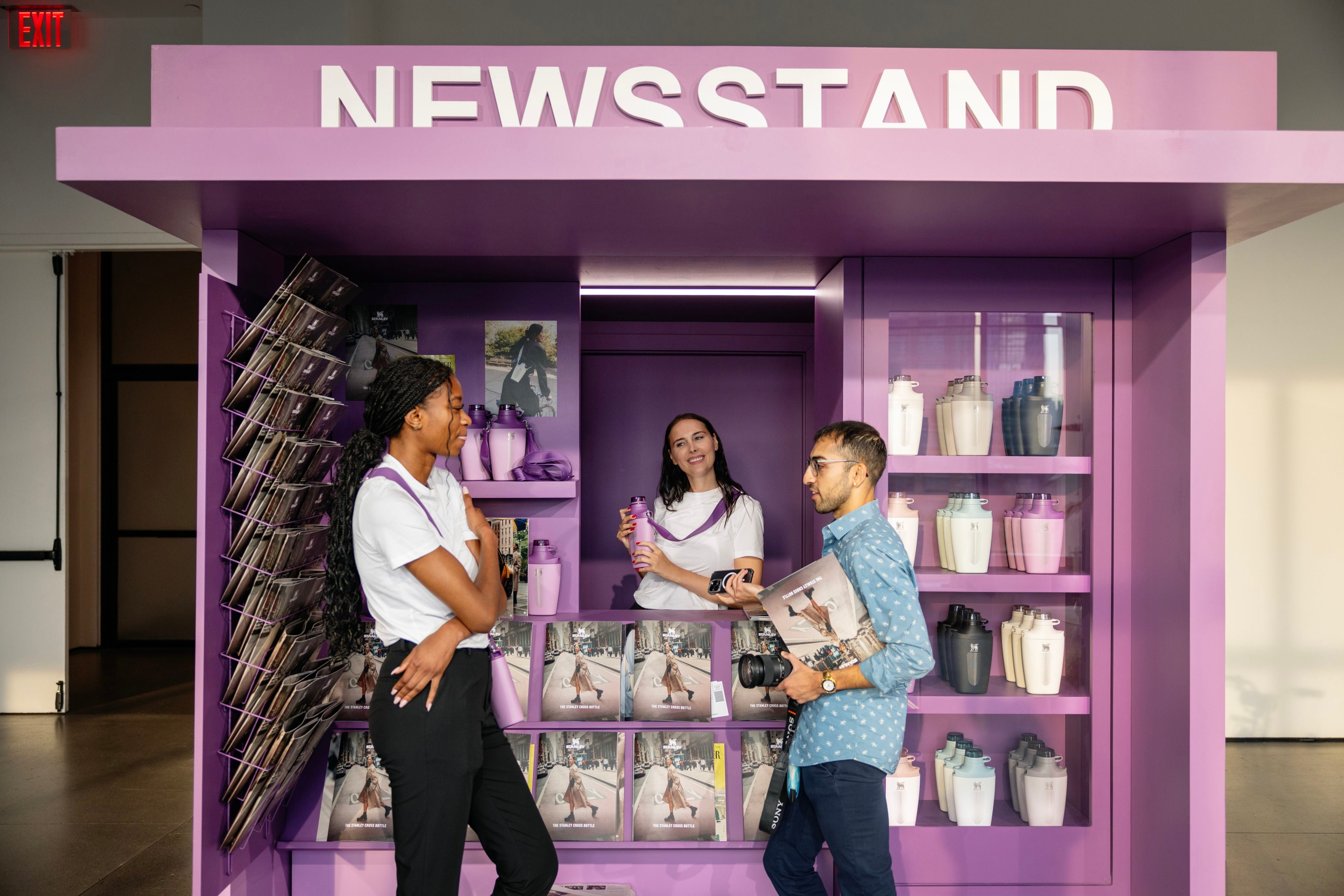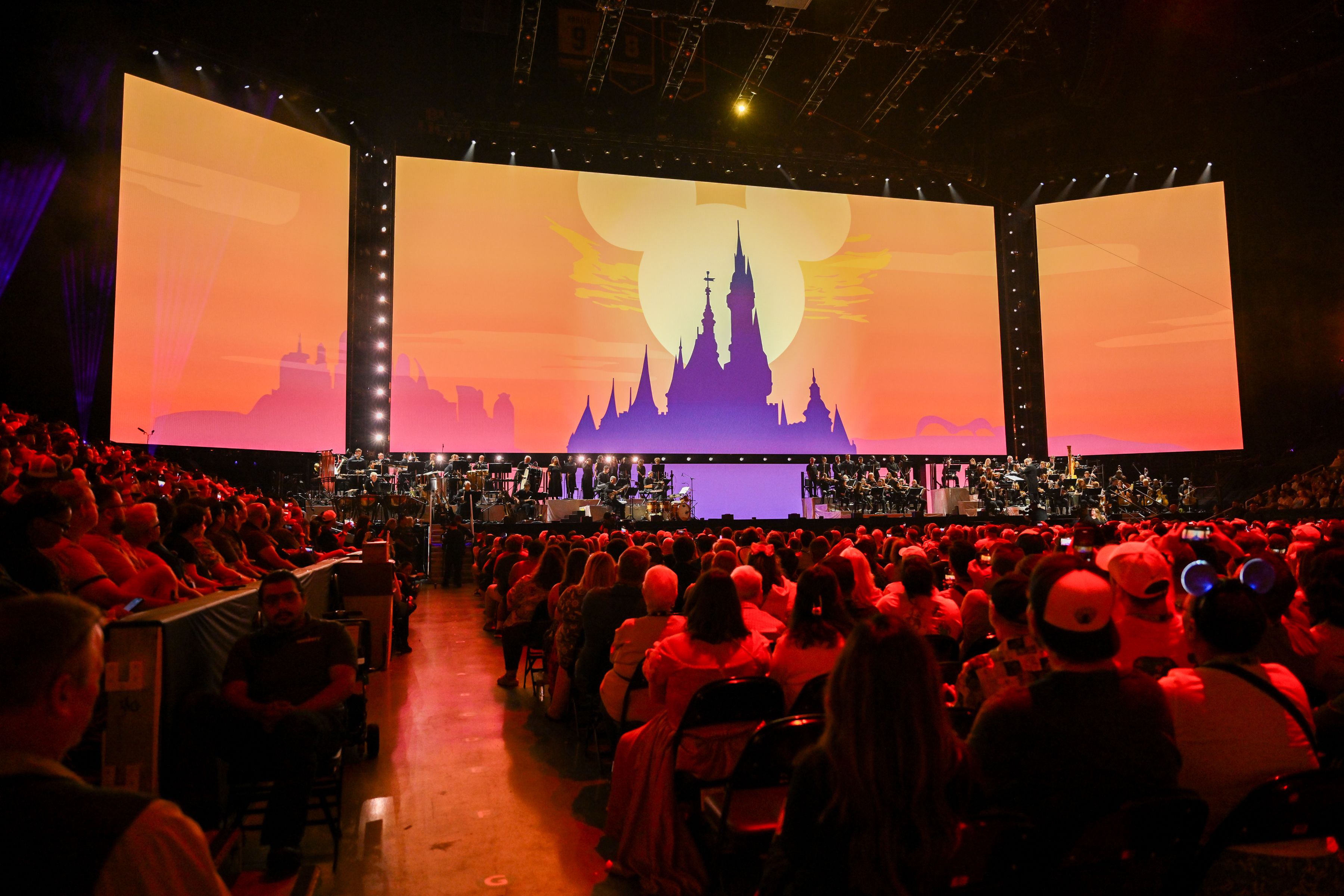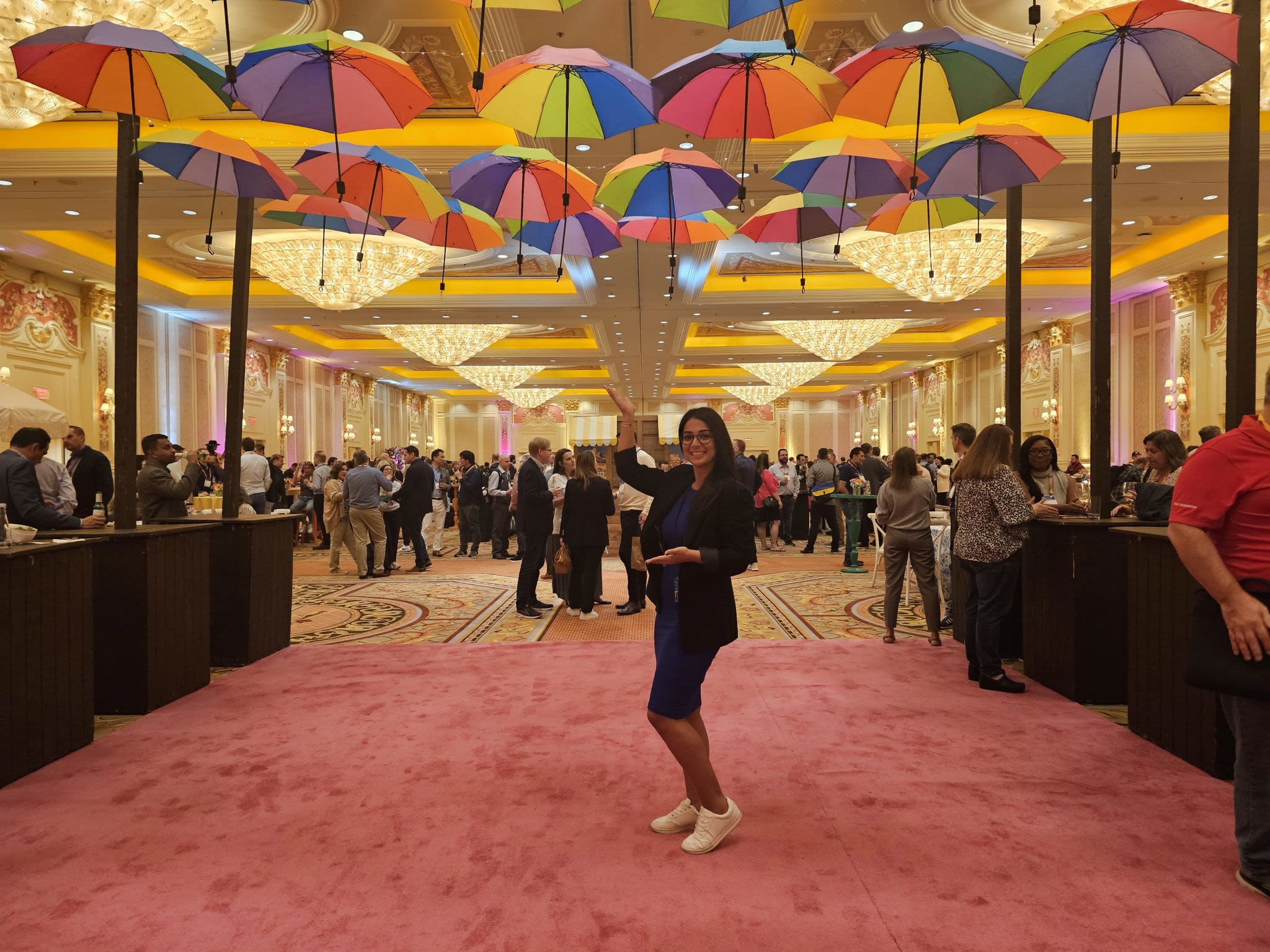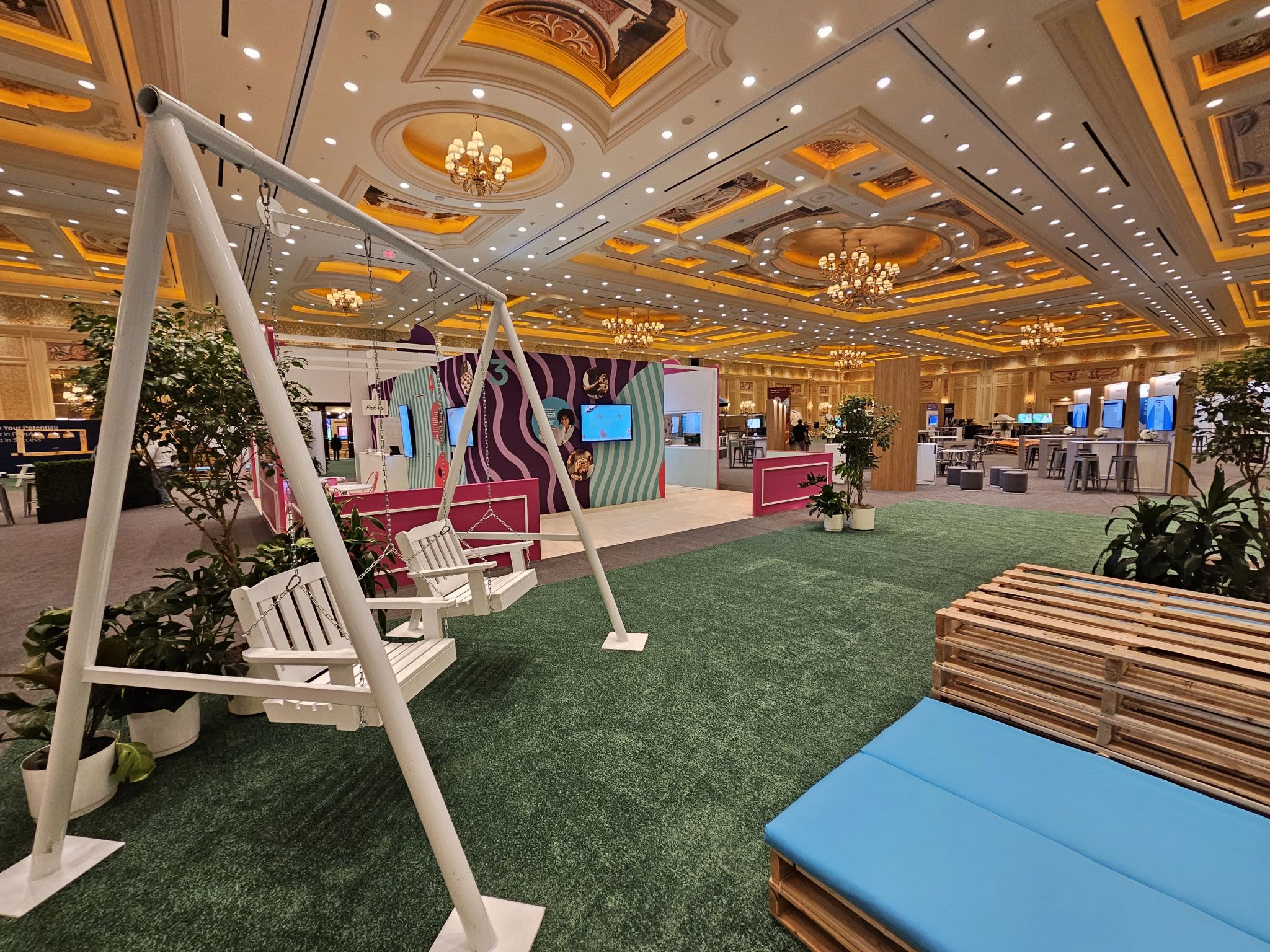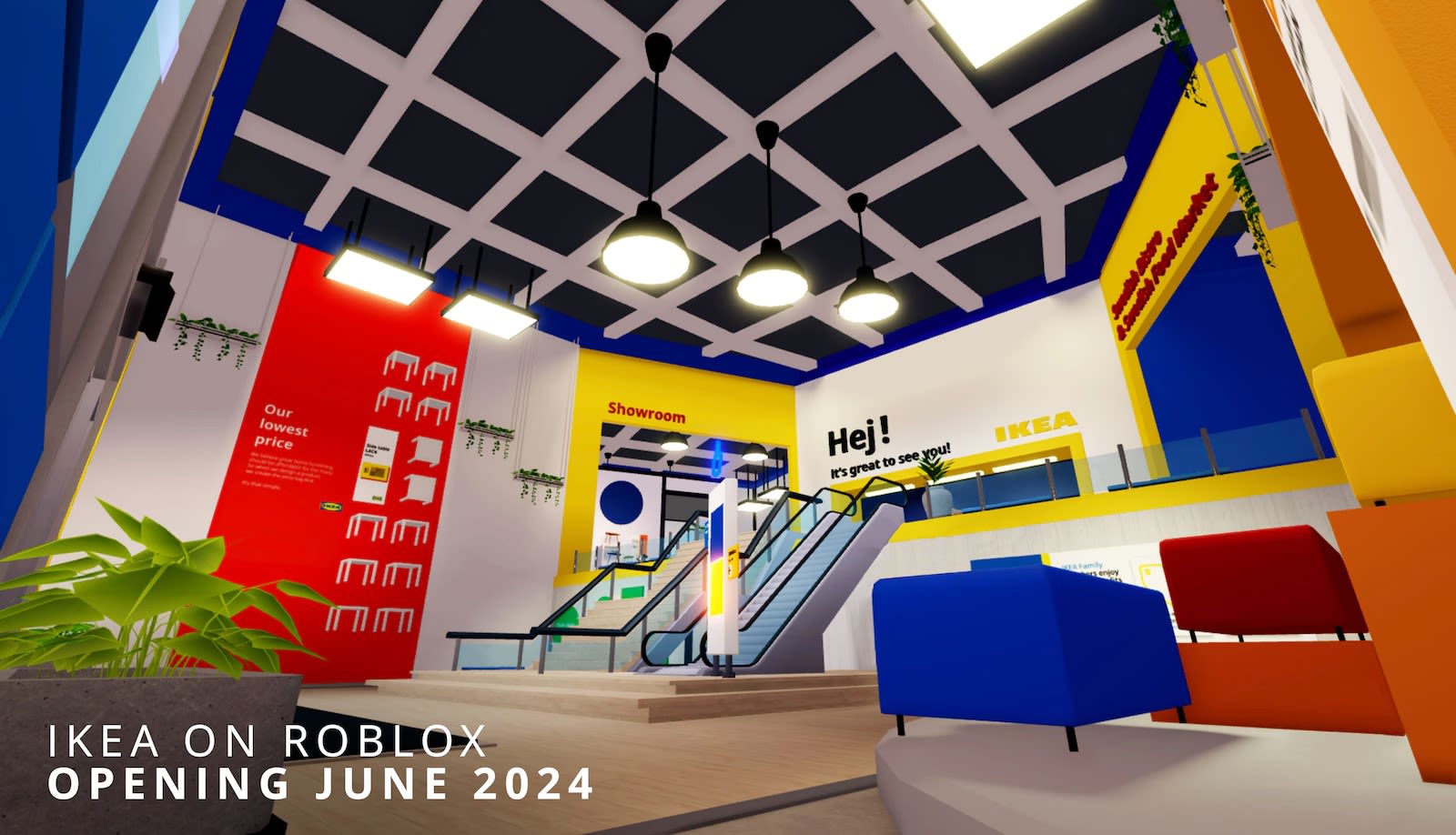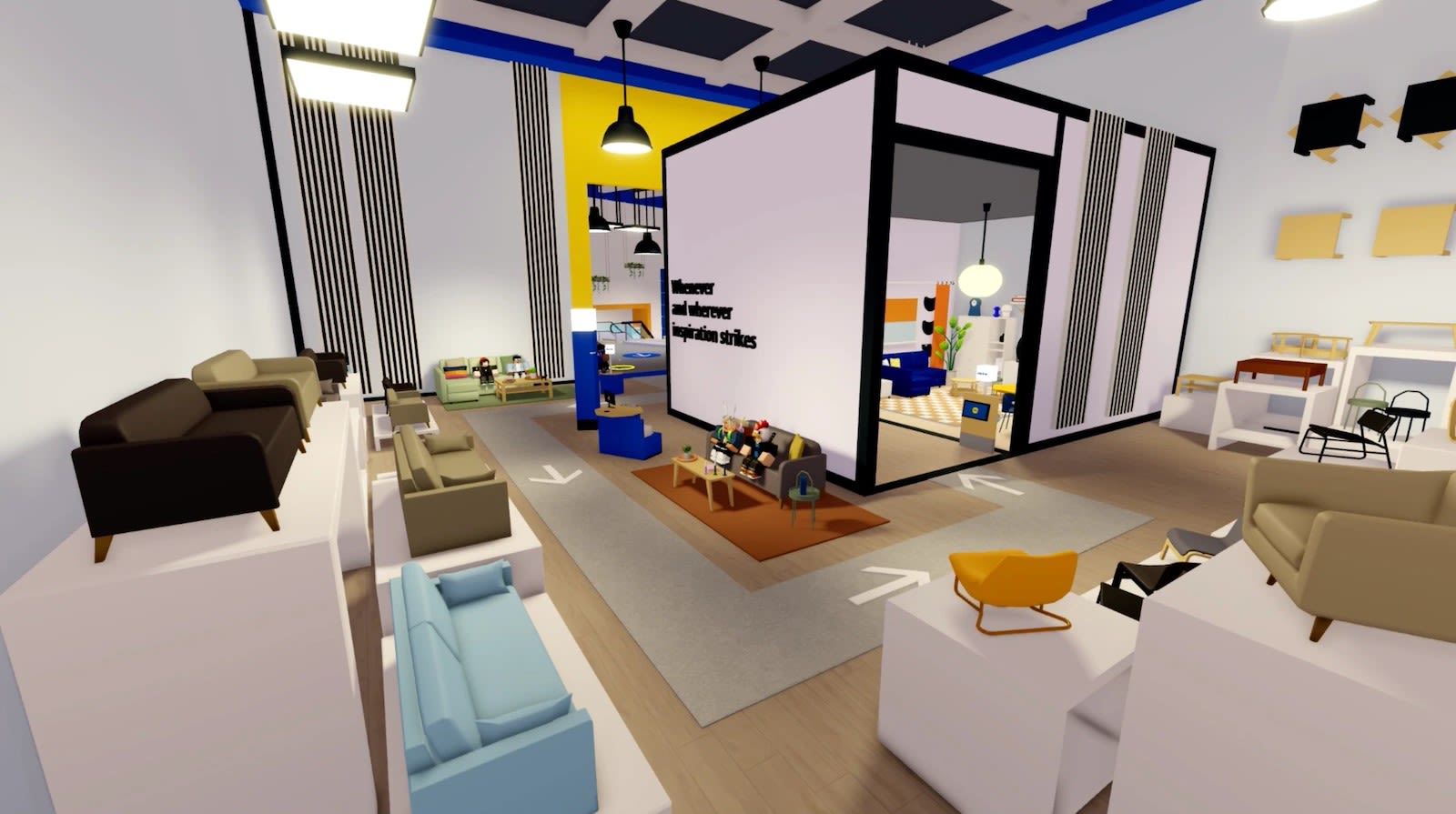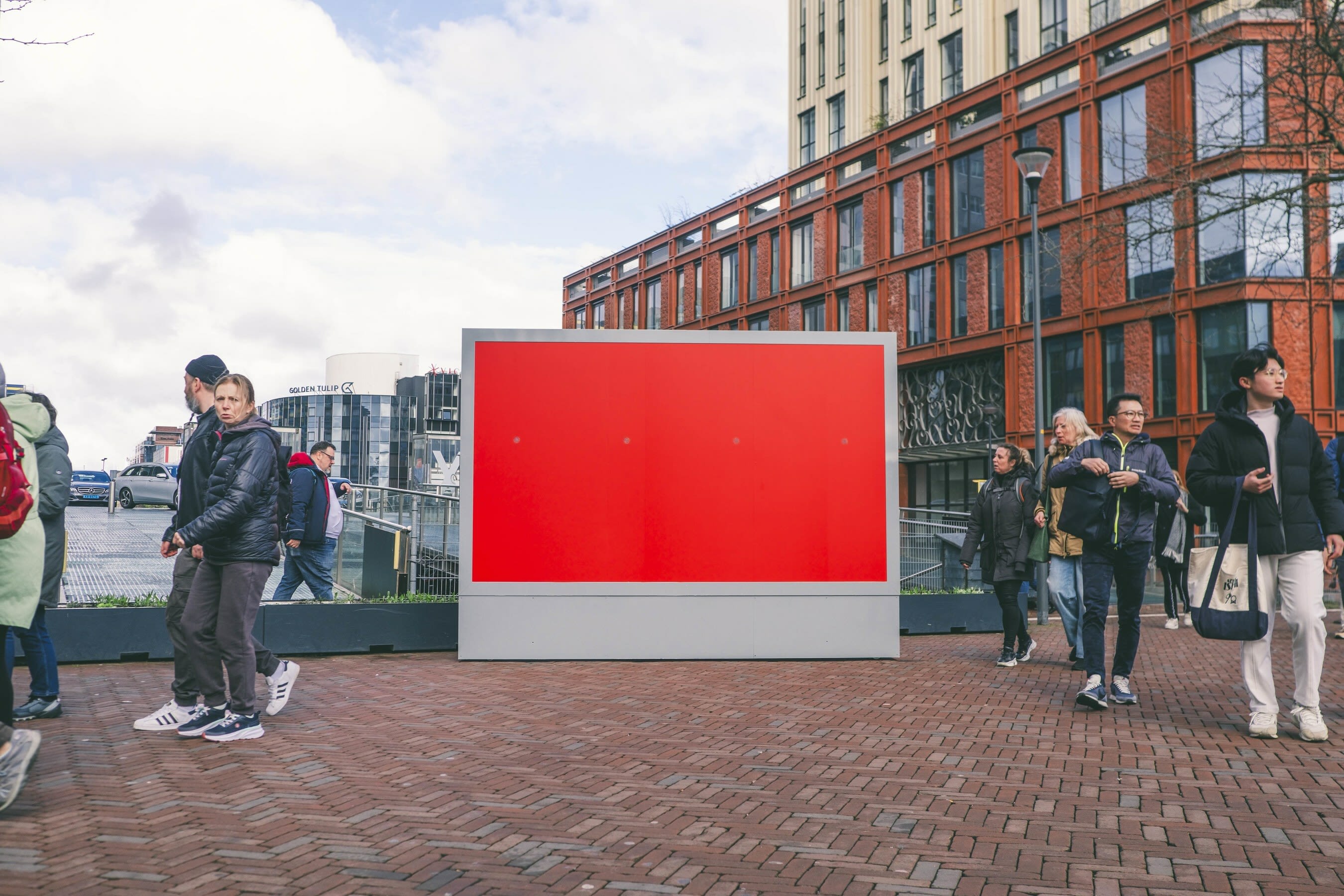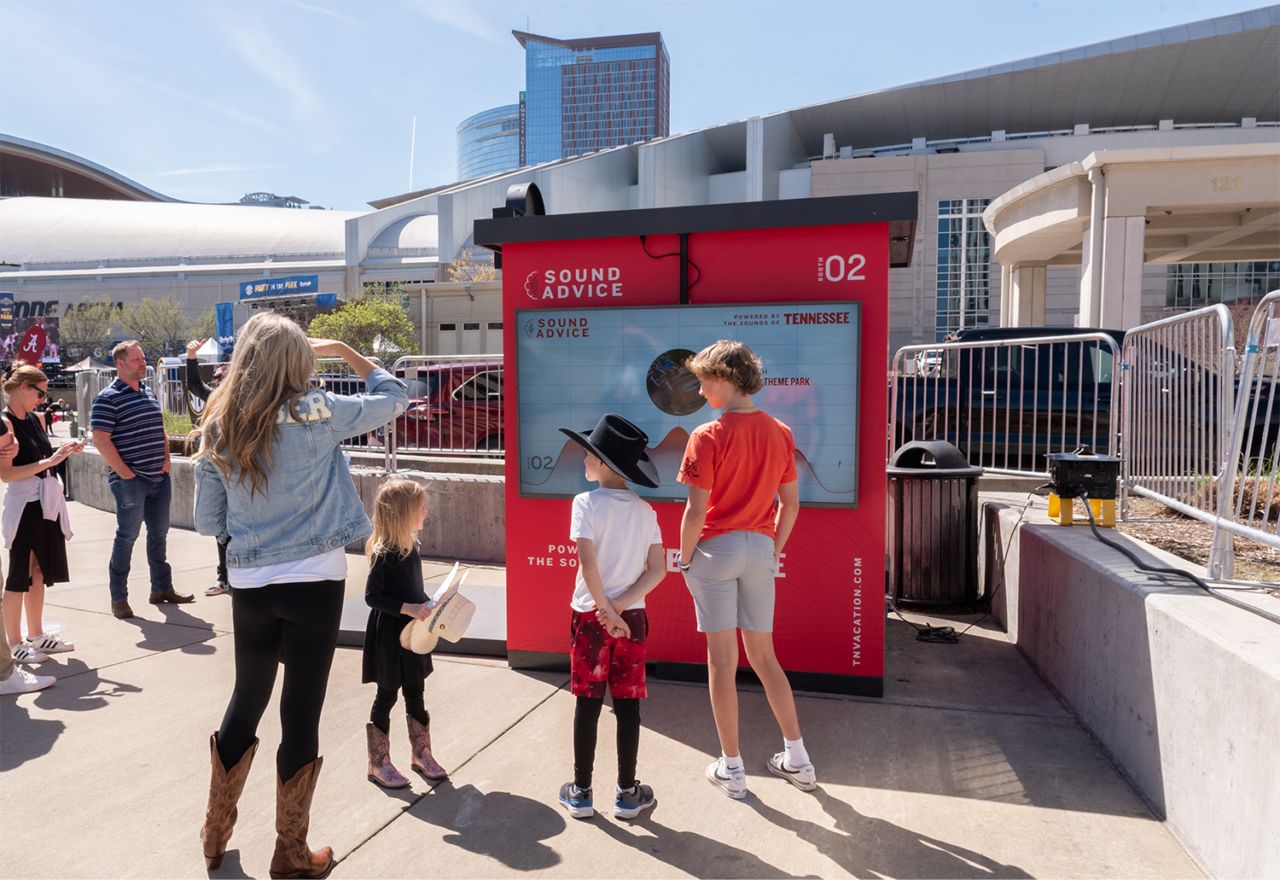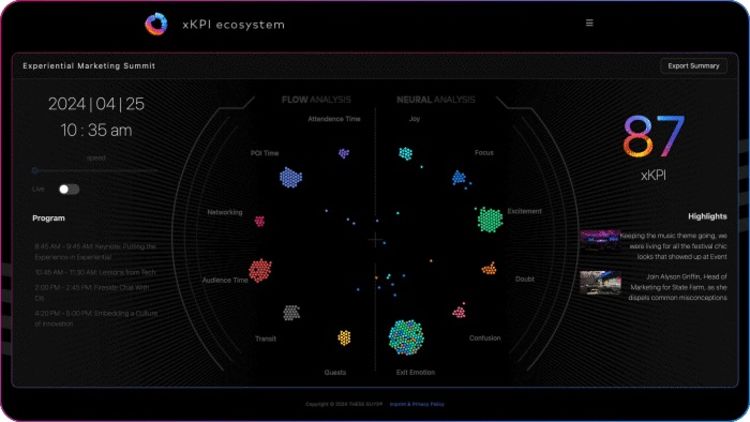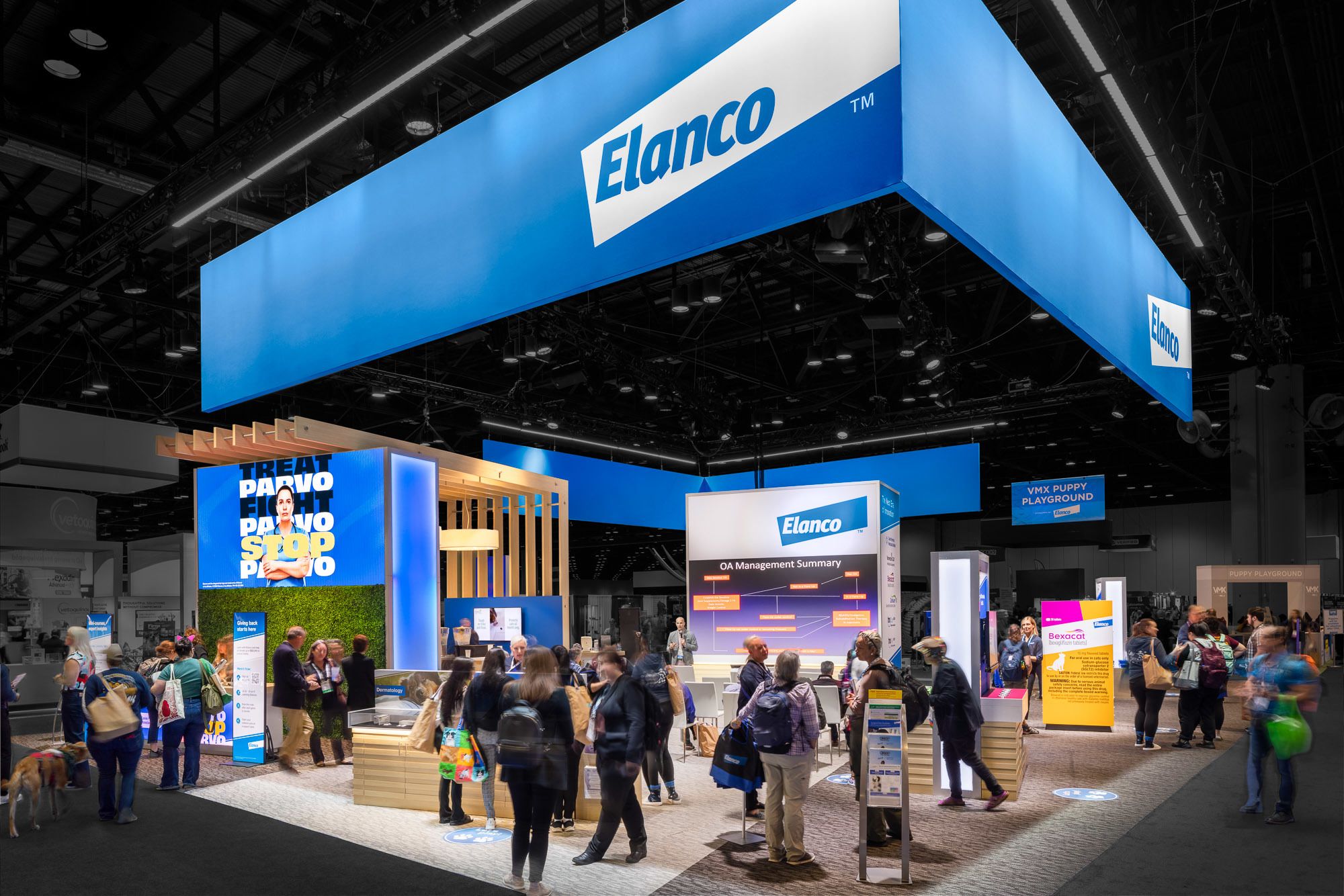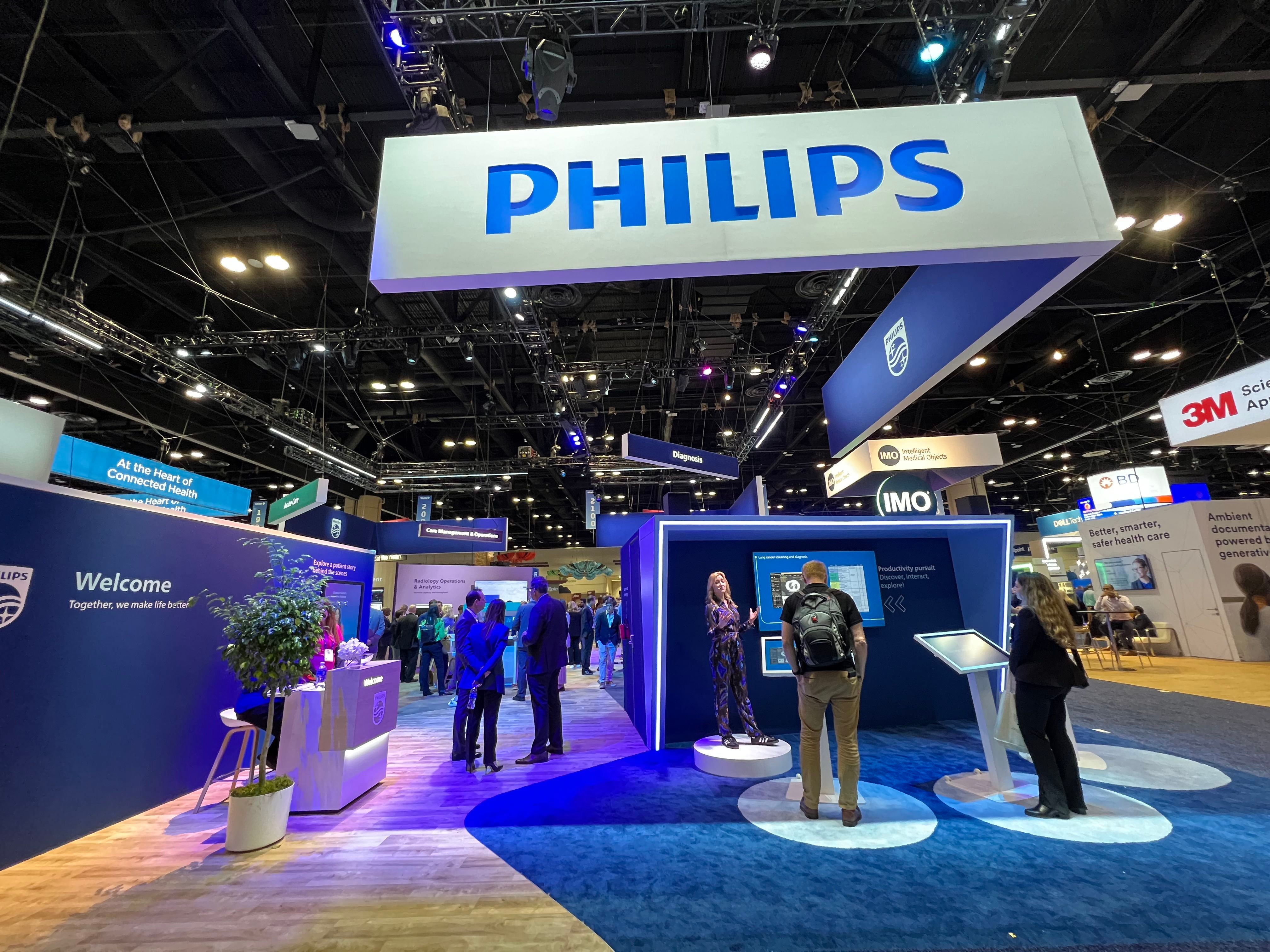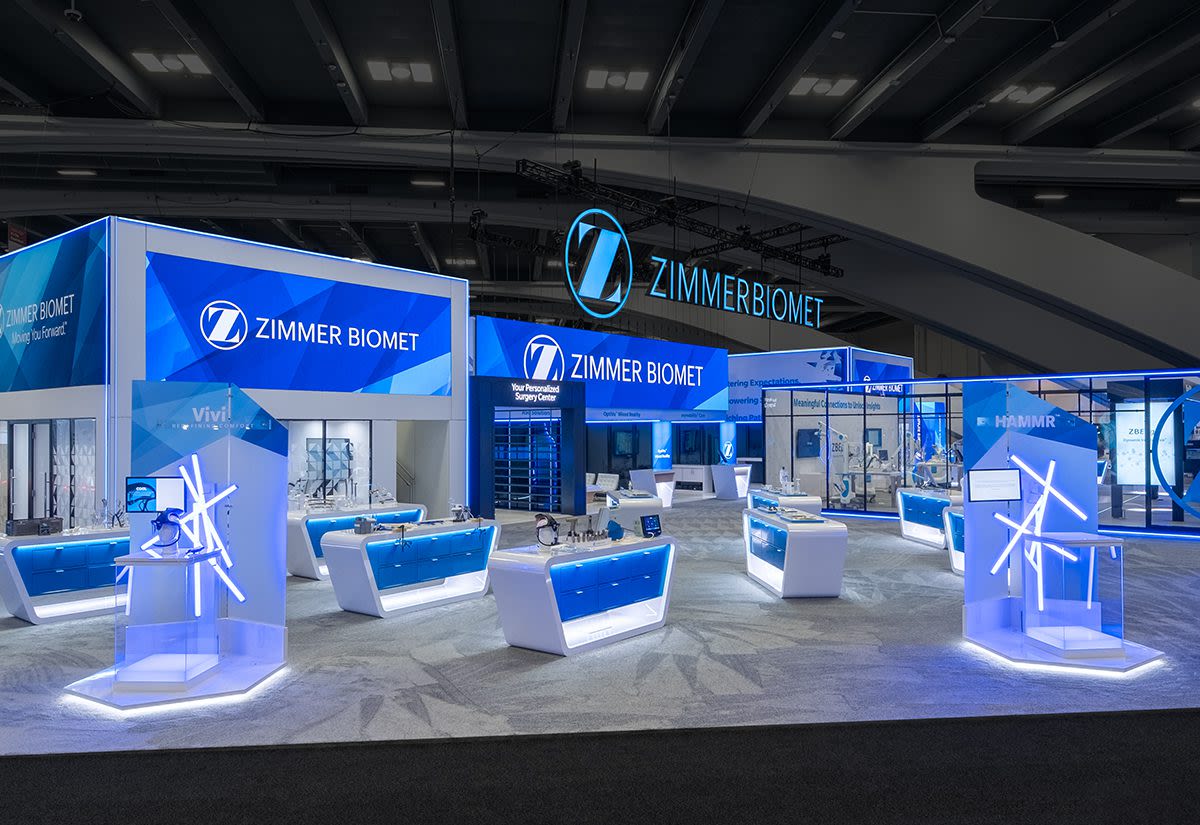SPECIAL REPORT
EVENT MEASUREMENT
IN THE AI AGE

Travel back in time with us for a moment. It’s 2014 and EM has just released a comprehensive event measurement report. We find that marketers are laser-focused on big data. Quantity is the name of the game as measurement meets the digital age. Or, as, Michael Curmi, head of experiential marketing at Chrysler, told us: “Technology has allowed us to really have an ease of collecting, of volume, and putting our finger on the metrics for everything we do now.”
Ten years (and one devastating global pandemic) later, the meteoric rise of artificial intelligence has enabled the industry to focus on collecting the right data—and make it actionable. Marketers are prioritizing metrics that inform strategic decision-making. They’re using new, and much improved, technology and taking cues from neuroscience. As a result, they’re gathering meaningful intel from, and about, their audiences, then reimagining their events based on attendees’ needs.
The shift is all about quality over quantity in every sense. Consider trade show data from EM’s EventTrack 2024 study, in which 66 percent of exhibitors said on-site engagement has become the most critical metric, followed closely by leads, at 64 percent. “It’s less about driving badge scans and more about getting the right people in,” says Kate Alter, trade show and event manager at Philips.
It’s a similar story on the b-to-c side, with brands leaning heavily on social media engagement, and experimenting with activations on newer digital platforms, like Roblox, to meet the right audiences exactly where they are—then measure the interactions that matter.
Indeed, a new ROI era has dawned. So we’ve surveyed marketers and scanned the measurement landscape to find out how refined metrics, AI-optimized tools and an evolving landscape of influence are changing the way experience builders work to prove a tangible return on their investments. This is event measurement in the AI age.

GEN NEXT
THE EVENT MARKETER'S GUIDE TO CAPITALIZING ON GENERATIVE AI

Ten years ago, big data was the talk of the town. But the proliferation of generative artificial intelligence and its countless applications in the event industry are putting old-school data analysis out to pasture. Increased productivity, content optimization, enhanced creativity, hyper-personalization and, yes, ROI maximization are all within grasp thanks to GenAI. And we’ve only reached the tip of the iceberg.
According to Forrester’s Q3 2023 B2B Events And AI Survey, 55 percent of marketers say they’re not maximizing the value of the data they capture at their events, but on the flip side, 57 percent believe that AI will fundamentally change how they plan and execute events in the next two years. In our conversations with event data experts, we found that for many teams, the wheels are already in motion.
“Generative AI and a lot of AI and machine learning models have helped event teams become better at their jobs and be more scalable at their jobs,” says Brian Gates, svp-industry strategy at event management platform RainFocus. “There’s a bigger emphasis on using data from events outside of the event teams, and I think that’s been the biggest shift. Where AI has helped a lot of event professionals is understanding the impact their events are having on the customer journey, on the sales journey, on all the various touchpoints of why you run events in the first place.”
With that sentiment in mind, we’ve sourced eight insights and best practices on leveraging GenAI pre-, during and post-event to optimize data, help prove ROI and, by default, save precious time and resources.
PROMPT ENGINEERING
You’ve likely heard it before, but we’ll say it again: Getting proficient at prompt engineering is the key to GenAI success. Or as Megan Cross, executive creative director, US, at Momentum Worldwide, puts it, you need “great inputs for great outputs.”
Take Coca-Cola’s Spiced Shop pop-up that took place over the spring in New York. The activation served as a launch event for the new Spiced flavor, and invited consumers to use a GenAI tool that was trained on artistic expression to articulate what they taste and feel when sipping the new product. The activation yielded each participant a personalized “visual manifestation” of the sampling experience in the form of psychedelic-looking artwork.
“We were asked to transform the public’s first taste of this product into an amazing visual spectacle... But we were going to have to do it in real time, on the spot,” says Cross. “And that’s where the power of AI prompting really came in. We had to ensure that any visualization that attendees were generating in real time tightly maintained the colorways and graphic inspiration and intrinsic cues of the campaign that we were creating.”
PREDICTIVE ANALYTICS
GenAI has the power to take the guesswork out of time-consuming pre-event decisions, from determining the best event date and location, to forecasting attendance numbers and attendee preferences.
“It could be used to figure out what is the best event in this market during this time, maybe during this part of the year. What month of the year are more festival tickets sold? It could be as simple as that,” says Mitch Thrower, ceo at Events.com. “Or, it could be as complicated as: What session is most appropriate for people from this demographic in my conference? Or, look at the attendance of last year’s sessions and interpret how I should reschedule those sessions based on timing or meals.”
“There’s a bigger emphasis on using data from events outside of the event teams, and I think that’s been the biggest shift."
-Brian Gates, SVP-Strategy, RainFocus
AUTOMATION
Among the many benefits of using AI in the pre-event process is the automation it provides. Rather than being bogged down by mundane tasks, marketers can delegate responsibilities like session scheduling and managing registration to GenAI tools. With fewer administrative duties, event professionals have more time to dedicate to the more strategic and creative aspects of their campaigns.
“AI can potentially either automate things or augment things,” says Asma Aziz, director-marketing, Americas territories at Intel. “Automation would be the repetitive tasks that we have to do. Hours and hours spent in doing mundane tasks can be taken away with AI, and that leaves time and space for humans to think about more innovative things [like] how do we enhance the experience? And with the enhancement, AI can take our events a notch above and help us put together experiences which are more immersive, more innovative, more curated and personalized.”
HYPER-PERSONALIZATION (AT SCALE)
Whether it’s session recommendations at a conference or attendee-matchmaking at a fan convention, GenAI is enabling hyper-personalization at scale. And it’s no secret that modern attendees expect some level of curation.
“People have more expectations, which puts more pressure on the event marketers to make these experiences more and more personalized,” says Aziz. “And it’s hard if a few thousand people are coming to your event—how do you personalize it for everybody, individually? But quite a lot of that personalization is possible today with the help of AI and using the right technology partners.”
From Coca-Cola’s perspective, its Spiced Shop activation represented a new avenue for delivering more enriched engagement and personalization.
“Instead of simply describing a flavor to consumers, the ‘It’s This’ campaign builds intrigue by inviting them to visualize a Coca-Cola Spiced taste experience that is uniquely their own,” says Amy Manganiello, senior creative director at Coca-Cola Trademark North America. “The Spiced Shop and our collaboration with Storm Reid put this idea in the hands of consumers. It’s a completely novel way to drive trials of the product, and a new use case for AI as a tool to enhance creativity.”
When AI is leveraged for tailoring experiences, adds Thrower, it enables more human connection. “Where you have more data, you can get greater refinement,” he says. “You’ll have more furries finding furries. You’ll have more people who like axe-throwing finding people who like axe-throwing. You’ll have this extensive, extended capacity to have people connect.”
NEXT-LEVEL GAMIFICATION
If gamification isn’t on your priority list as a b-to-b marketer, GenAI may change your mind. Take Salesforce, which for its flagship event, Dreamforce, in September used its Einstein AI tool to gamify the attendee experience with “quests.” According to RainFocus, a Salesforce partner, around 93 percent of attendees participated.
“Early results were showing about a 20-percent increase in engagement—in discussion, into exhibitors, into demo booths, into meetings—just by leveraging AI to help drive behaviors with the audience,” Gates says. “And it was tailored to different groups. That was very sophisticated and very powerful.”
MAXIMIZING CONTENT
B-to-b event marketers, in particular, have struggled with maximizing their event content, but GenAI is already changing the game. Whether it’s Einstein offering up session recaps right within the Dreamforce app (an option this year), or another AI tool that makes it easier to slice, dice and repackage content post-event, marketers have a range of options.
According to the Forrester report, AI can help marketers overcome the challenges of coming up with the money and technical skills that are typically required to repurpose event content, and 34 percent are planning to make it happen in the next year. And at its simplest, the report states, AI can deliver event and session transcripts and summaries with chaptering, which can be turned into separate assets like white papers, e-books, blogs and social posts.
MEASURING SUCCESS
If you can think of an AI measurement tool, it probably already exists. There are a multitude of options to help event professionals better understand what they’re doing well and what needs improvement.
Among newer offerings is Explori’s AI-powered text analysis tool, which distills unstructured event survey responses into meaningful trends and insights on the audience’s sentiment, whether it’s pain points or positive feedback. The tool’s key differentiator is that it’s specifically trained to recognize and understand event marketing terminology.
“Rather than having to go through hundreds, if not thousands, of comments and try to see the wood for the trees and try to group them and make sense of it, once the response has been left, it will automatically be coded up in a way where you can say, ‘Ah, 20 percent of the comments related to the fact that there weren’t enough exhibitors, and 10 percent of the comments related to too many lines at the event,’” says Clive Morris, coo at Explori.
And in Forrester’s study, Christian Fortier, director-field marketing events at Autodesk, also reported that he’s using AI to analyze anecdotal event data to understand attendee sentiment—a strategy that has saved “hundreds of hours.”
CONSOLIDATING DATA SOURCES
Marketers often speak about the need to eliminate working in departmental silos in order to deliver a more cohesive experience across a person’s journey with an organization. When it comes to data, it’s the same story. By ensuring all event data is secured in one place, it helps tell a more seamless story.
“[Maybe] you’ve taken a survey and there are 10 questions in there that you already gave the information for when you registered,” says Morris. “If you plug in the registration data with the survey data with the financial data, it just creates a single view of all the information. That’s certainly something we are seeing as an industry, where we have some successes with clients that have joined the dots to tell more of a single story. And I think that that’s where we’re headed.”
-Kait Shea

CHECKS AND BALANCES
FIVE TIPS FOR NAVIGATING DATA SECURITY IN THE GENAI ERA
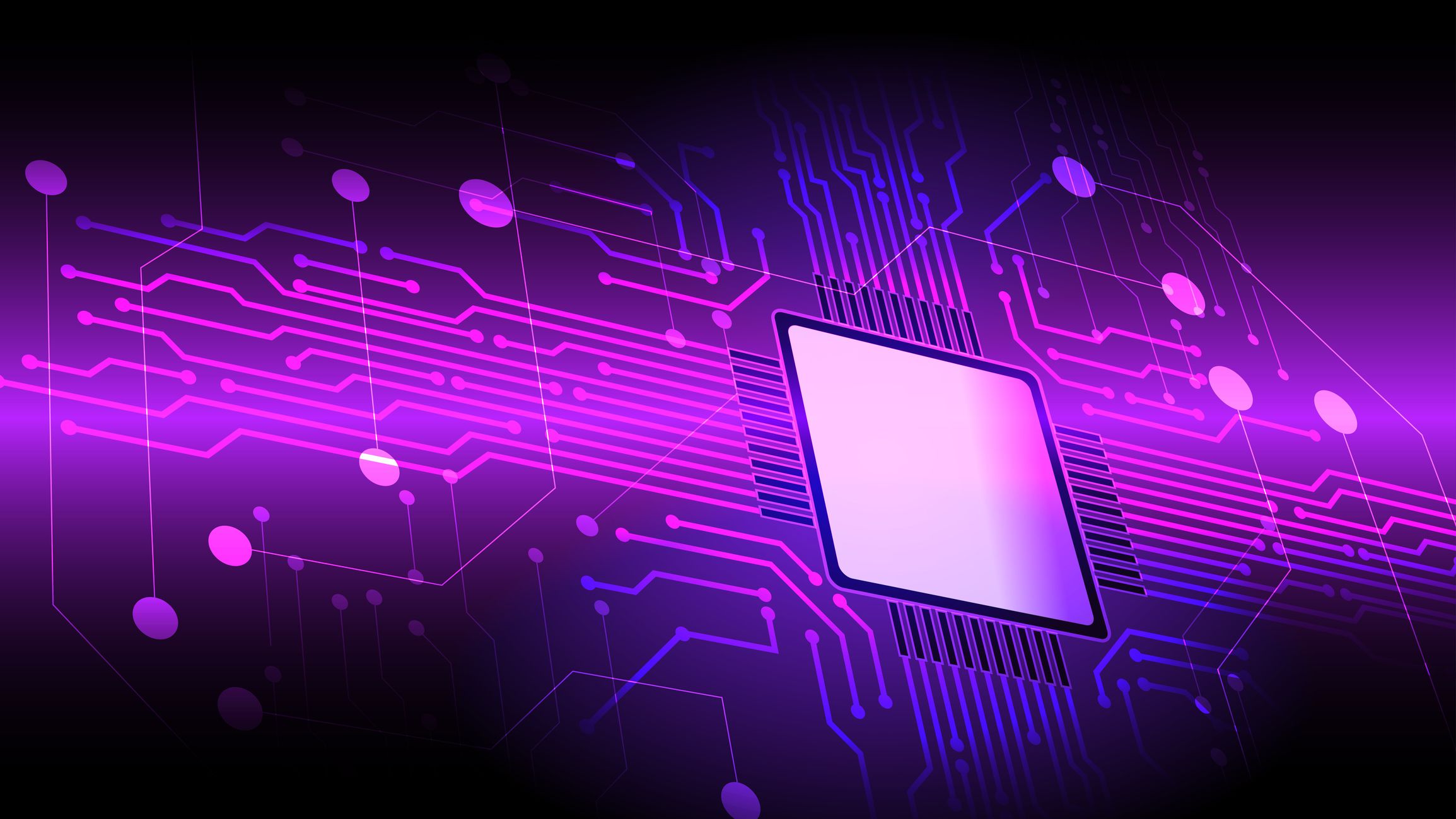
Security regulations like the General Data Protection Regulation (GDPR) and the California Privacy Rights Act have required marketers to learn the intricacies of managing personal information in recent years. Now, with the proliferation of artificial intelligence, comes a new wave of legislation to untangle. At the forefront is the European Union’s AI Act, the world’s first comprehensive legal framework for the development and use of the technology, which took effect Aug. 1. And more guardrails are poised to follow as businesses grapple with the growing list of complexities—and threats—that AI presents.
“AI is not just one risk to manage; it’s a bundle of risks you need to manage, starting with confidential and personal information,” Howie Cockrill, general counsel and evp-group operations at The Opus Group, explained during EM’s “AI for Event Marketers” webinar in August.
For a breakdown of dos and don’ts, check out five expert tips on how to approach data security responsibly in the GenAI era.
1. Disclose AI interactions to users.
Attendees, whether digital or in-person, should always be informed that they’re interacting with AI if any personal data is being collected. Getting consent is paramount to complying with legal regulations and maintaining trust.
2. Have a human validate outputs.
Outputs, which are the responses that AI conjures based on the information it’s been fed, shouldn’t go unchecked to ensure quality control. A human should be closely monitoring the way the tech is behaving and have the ability to shut it down or adjust settings if things go awry.
For instance, when Coca-Cola and agency partner Momentum Worldwide activated the Coke AI Studio festival experience, their application of ChatGPT enabled fans to create their own unique bands, name included. But the team noticed that GPT started supplying obvious knock-offs of real band names.
“Out of every 100 names, we would see some very curious things bubble up,” Megan Cross, executive creative director, US, at Momentum, said in the August webinar. “Names like ‘Illmatic,’ even if you put five Ls in, it is still one of the most iconic rap albums of all time. So we really had to make sure that we were going in and checking the work because AI does not yet, off the shelf, have the capacity for nuance or suggestion in the same way that a human would.”
3. Don’t share brand assets or IP.
You’ve likely heard it before, but we’ll say it again: Don’t feed proprietary or confidential information to an AI system. Doing so could allow that sensitive data to be accessed by the public, and for agencies, that might also result in breaching a client contract.
“The copyright angle on GenAI is super complicated,” Cockrill says. “Does the AI tool itself have any rights to your GenAI outputs? Can you pass ownership rights along to the client? Could that content infringe on the IP of third parties? These are all tricky questions that are extremely context- and situation-dependent.”
One way to ensure a company’s IP isn’t made public is to leverage tools that allows for brand-specific GenAI models that can’t be accessed by outsiders.
“Whether we’re using Bedrock, Llama or ChatGPT, we can swap those [AI platforms] out with a brand’s own version of those things,” says Brian Gates, svp-industry strategy at RainFocus. “This is where you get the added security and privacy element—you’re not putting that into a public model. You’re putting it directly into their model; it’s their data. It’s already under the restrictions and policies that that brand has.”
“This is a mindset shift. Step one is realizing that you can use AI in your work, and step two is thinking about how to do it mindfully.”
-Howie Cockrill, General Counsel & EVP-Group Operations,
The Opus Group
4. Train employees.
AI threats exist from every angle, meaning anyone from the organization who touches AI should be properly trained on risk mitigation.
“One thing AI [systems] will do is insert themselves and try and communicate as if they’re the person you think they are. So it’s staying awake and realizing that everyone you’re interacting with could actually be AI,” says Mitch Thrower, ceo of Events.com. “Train the people that work for you on how to avoid attacks, because AI is going to make it more important. Make sure you have a password with everyone in your event family. That becomes a way of you communicating who you’re actually talking to.”
5. Create your own policy.
Creating a proprietary AI policy is about balance. When The Opus Group began developing its own framework, the effort was based on common sense and tied to existing standards on one hand, but needed to account for the broad spectrum of applications and risk on the other.
“[The policy] needed to help us bring risk to a non-zero level that we’re comfortable with. It needed to prevent us from breaching contracts and breaking laws. And truthfully, it needed to pass muster with client legal and procurement for RFPs and audits,” says Cockrill. “This is a mindset shift. Step one is realizing that you can use AI in your work, and step two is thinking about how to do it mindfully.”
-Kait Shea
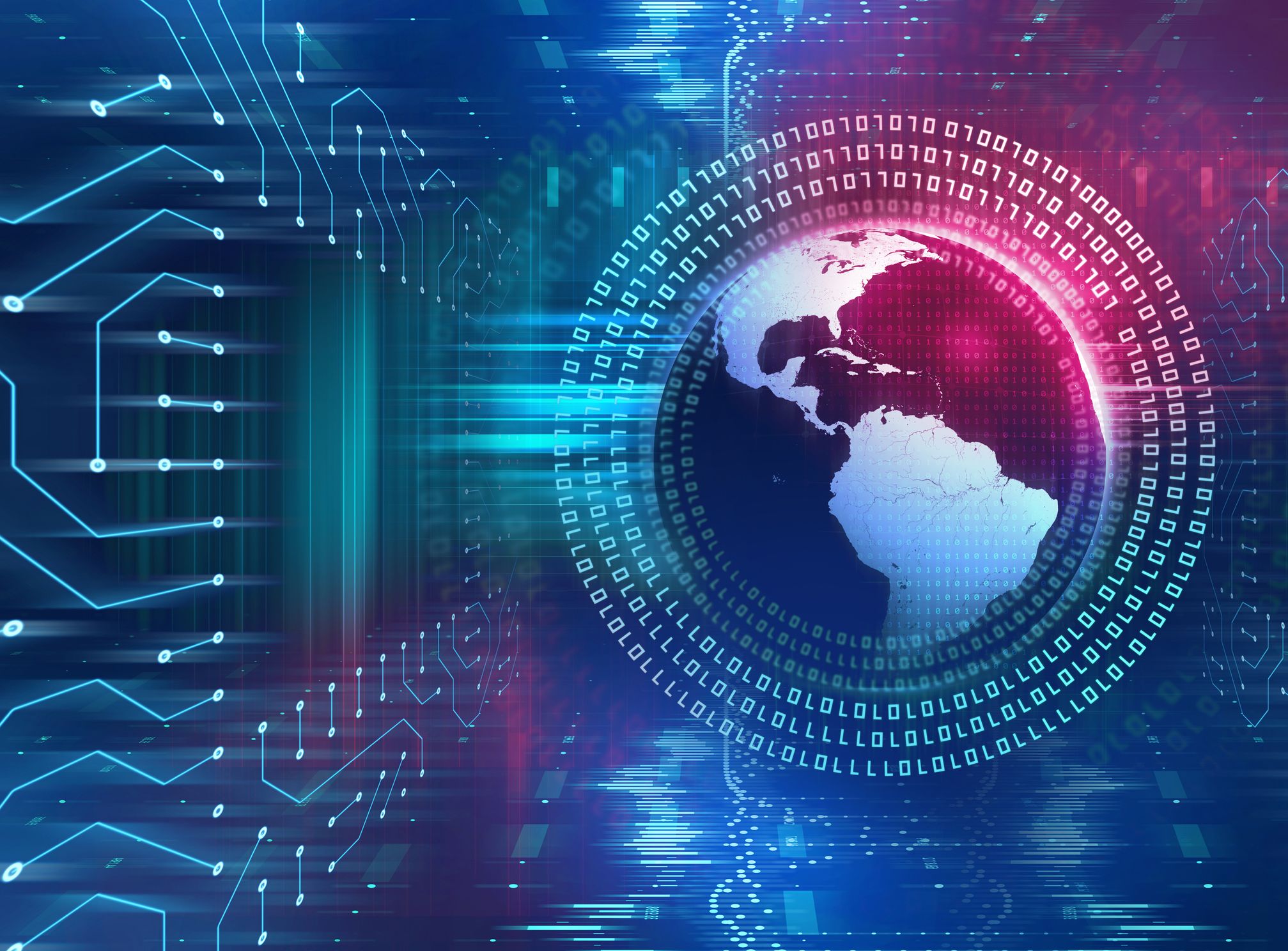
BEYOND THE LIKES
KEEPING UP WITH SOCIAL MEDIA METRICS AND TRENDS IN THE TIKTOK AND INFLUENCER ERA

Social media is the ultimate event campaign amplifier. After all, if an experience wasn’t shared, did it really happen? But with the proliferation of content on social media and studies like one by Pew Research Center this summer that found entertainment is a top reason people are drawn to platforms today, especially TikTok and Instagram, brands should be highlighting the excitement of live experiences on social channels through a dedicated strategy.
Gone are the days of event marketers and social media managers being siloed in their own corners; they must work together to tell the full story of an event campaign, from pre-launch to on-site to post-event. Event-focused social content offers marketers the opportunity to show their brand in a new light, thereby reaching new audiences, driving awareness and creating a social identity that authentically fits the brand or playfully subverts expectations (looking at you, Duolingo; more on that later).
We gathered insights from social media experts and experiential marketers across a variety of industries to explore the latest best practices around influencer strategies and social monitoring and listening to boost visibility and engagement.
MAKING SENSE OF KEY SOCIAL METRICS
When it comes to adding social media metrics to event measurement, Adam Rosenberg, communications and marketing consultant, suggests keeping track of engagement on the social content that was captured during the program and the time spent interacting with the posts. We’ve spoken to event marketers who are tentative about sharing content from invite-only, private events on brand accounts over fear of evoking feelings of FOMO among followers, but Rosenberg says to go for it.
“What are you doing at the event to make it so that everybody wants to take pictures, talk about it and share it to show they were there?” he says. “Metrics that are always shared with executives are generally engagement and potential people reached, because they’re so important to show, for example, we spent this much money and only had 500 people there, but we reached this many people on social based on everything that we posted and did with it. That’s a marketing footprint.”
When Topgolf launched its new The Sure Thing golf club, it hosted a launch event that turned its El Segundo, CA, location into an actual nightclub. For the event’s social strategy, Connor Smith, director-social media and entertainment marketing at Topgolf, says the right play was sharing its own content on Topgolf’s Instagram Story and resharing posts from attendees and influencers.
“The real hope is that everybody else tells the story for us on their social accounts,” he says. “Mostly, we look at the influencer posts, the number of posts and then the impressions on them. It’s a little bit harder when most of them are on Stories, but we counted almost 500 posts by the next day, all essentially organic Stories, in-feed posts and Reels. The impressions were in the millions; it was a good indicator of the success of the event.”
Smith says sharing ephemeral Instagram Stories is far more prevalent than the permanent posts that show up on users’ profiles and feeds, so when an influencer posts an in-feed post, it means a lot more to the brand.
RISE OF EDUTAINMENT
Looking to capitalize on a spike in sales of its cleansers during the back-to-school shopping period, CeraVe launched its first-ever mobile tour this summer designed to engage students preparing to return to schools and campuses. The brand set out a Gen Z-driven social media strategy for the four-city CeraVe Drama Free Cleansing Tour that brought back actress Xochitl Gomez and TikTok influencer and dermatologist Dr. Dustin Portela, who had starred in soap opera-themed videos for the brand’s #CleanseLikeADerm campaign.
At the tour’s first stop in New York City, Gomez (who has 8.3 million TikTok followers) and Portela (who has 2.4 million TikTok followers) captured video content like myth-busting Q&As, word challenges, tip guides and vehicle tours for CeraVe to share as TikToks and Instagram Reels, which were posted during the run of the tour in August and post-event in September. Plus, at each tour stop, the brand engaged local influencers, social-savvy dermatologists and college ambassadors through a partnership with Her Campus to create content to share on their own socials.
“When we talk about creators who we try to work with, we look for people who are engaging, have big followings and reach a certain type of target demographic,” says Neil Gustafson, avp-marketing at CeraVe. “We always try to strike the balance of education and entertainment, so this idea of edutainment is important, especially when you amplify these types of experiences online.”
Leveraging the star power of longtime brand ambassador Patrice Bergeron, CCM Hockey brought in the former Boston Bruins player to not only interact with young hockey players participating in the CCM Hockey House activation but also to shoot an Instagram Reel. The 30-second video of Bergeron showing off the fully branded house in Canton, MA, in the style of “MTV Cribs” garnered almost 6 million views, the highest in CCM Hockey history.
“On social media, what we’re definitely looking at is the engagement, the views, the clicks, the interest and how far of a span we can reach with all the influencers that we bring in,” says Abby Budgeon, manager-brand activations and events at CCM Hockey. “Everything that they did was a collaboration with us, so we got all of their KPIs back as well so that we can understand what the full reach was and by geography, too.”
When creating these kinds of influencer partnerships, Rosenberg recommends putting everything in writing, particularly any posting requirements, expectations
and timelines.
SOCIAL LISTENING TO TAP INTO TIKTOK COMMUNITIES
Part of having an effective social media strategy is being reactive to what’s trending and having the opportunity to move quickly to push out a post… without being too cringey. Time and time again, brands have been blamed for killing off a trend or been ridiculed for showing up too late to the party.
“Whenever you hear about the greatest marketing, p.r. and social media events, it’s always because someone was paying attention to something that happened online and found the moment to turn it into great content,” Rosenberg says. “You have to give social media managers some leash to run with, because social media management is inherently built in community management, and they’re the eyes and ears of the entire organization. The problem with red tape is that you miss a good moment when you wait two days for it. And the best brand is, truthfully, not even being on-brand.”
Take Duolingo, which has long left the boundaries of its language learning app identity to capture the attention (and admiration) of social media users. With 13.3 million TikTok followers, Duolingo puts forward its bright-green bird mascot Duo in most of its videos as a life-size costumed character that goes on adventures, from running a kitchen inspired by “The Bear” to marrying couples as Elvis in Las Vegas on Valentine’s Day to hitting the “Barbie” pink carpet dressed in Margot Robbie’s cowgirl costume.
The Duolingo social media team moves quickly to jump on trends as they happen in an authentic, and often surprising, way. In September, the social media darling crashed the opening night of Charli XCX and Troye Sivan’s co-headlined Sweat Tour in Detroit, with Duo dressed in a “brat” t-shirt outside the venue and 20 Duolingo employees wearing large Duo-shaped heads in front of the concert stage. “Brat Summer” fans took notice, and Charli XCX even shouted them out mid-performance, which was shared on the brand’s TikTok to the tune of 2.6 million views.
Also finding success on TikTok is Walmart, which focused its social listening on TikTok’s community of readers and authors who are passionate about discussing books and literature, affectionately known as BookTok. Walmart went all in on the #BookTok trend of highlighting steamy romance novels by launching a “Spicy Summer” campaign to show consumers and BookTok followers that the brand is a go-to destination for the summer’s hottest books. “Spicy Summer” kicked off with an invite-only poolside event for influential members of the BookTok community in Santa Monica, CA, in June, featuring a menu of Fiery Summer Drinks, beachy furniture and décor from Walmart, a book charm jewelry-making station, a Red Hot Auras photo booth, and, of course, fan-favorite “spicy” books all over shelves.
“We are a customer-obsessed organization, so we look for the places where our customers are spending their time and create genuine moments of connection with them… BookTok is rapidly growing; I think it’s at more than 250 billion views,” says Courtney Killingsworth, director-brand marketing at Walmart. “What this really allowed us to do is tap into a culturally relevant moment, and it helped us work toward the goal of putting Walmart, the brand, into culture, and culture into the brand. It was a step in the direction of shortening the distance from inspiration to purchase, and that’s the goal.”
And if the goal is to go viral, that kind of prominence can be difficult to chase with so much content constantly swirling on social networks. We discovered Walmart’s Spicy Summer Soirée through an influencer’s TikTok with 1.9 million views that popped up on our For You feed.
“The life cycle is shorter, but the ceiling is higher,” Rosenberg says. “It’s funny because now going viral is something that could just become a meme. But again, that goes back to social listening, where you can create lots of mini relevant moments. People confuse virality with being relevant, and that’s why it’s really important to consistently do things that are relevant, and eventually, you’ll find the one where it’s lightning in a bottle and gets big.” Go big or go home.
STANLEY'S GUIDE TO INFLUENCERS
Stanley cups are all over TikTok. Fans of the drinkware brand show off their rainbow-colored collections and post about new tumbler color drops, unboxings, hacks and features. Stanley has fully embraced its trending status on social and in the last few years has branched out offline into experiential with pop-ups to drive in-person engagement. Chief brand officer Graham Nearn shares Stanley’s approach to working with influencers at events.
Determine the right industry and niche.
“The first thing is to look at the fields of play that we want to win and be part of the conversation. Style and beauty, sports and fitness, and food and beverage culture could be fields of play, so we want to ensure that we have the right organizations and the right people within those.”
Check influencers’ values before partnering.
“We want to ensure that our influencers share the same values as we do around integrity, creativity, building and invention. We want our influencers to be as original as we are.”
Encourage authentic engagement and posting.
“Once we have made those decisions and created the right relationships, we want our influencers to be genuinely engaged in the event, and then, of course, generate content and use that content appropriately. An authentic engagement at the event itself is really one of the more pivotal things because it’s contagious and provides a real vibe. You can feel it when you’re at the event. You can feel the power of user-generated content. We feel that content is more inspirational.”
-Juanita Chavarro Arias
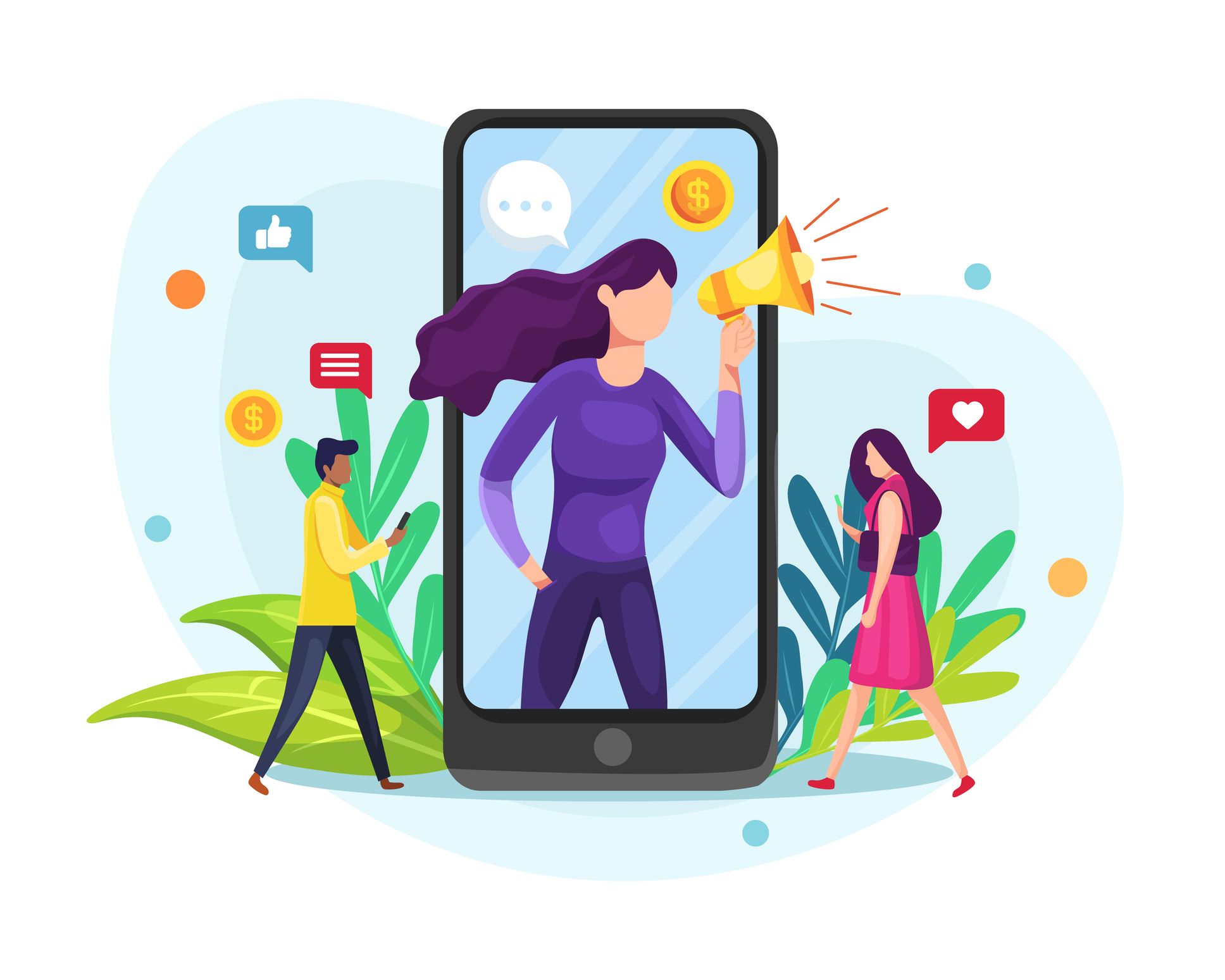
URL VS. IRL
HOW BRANDS ARE EXPLORING ACTIVATIONS ON DIGITAL PLATFORMS AND MEASURING THE SUCCESS OF HYBRID EVENTS
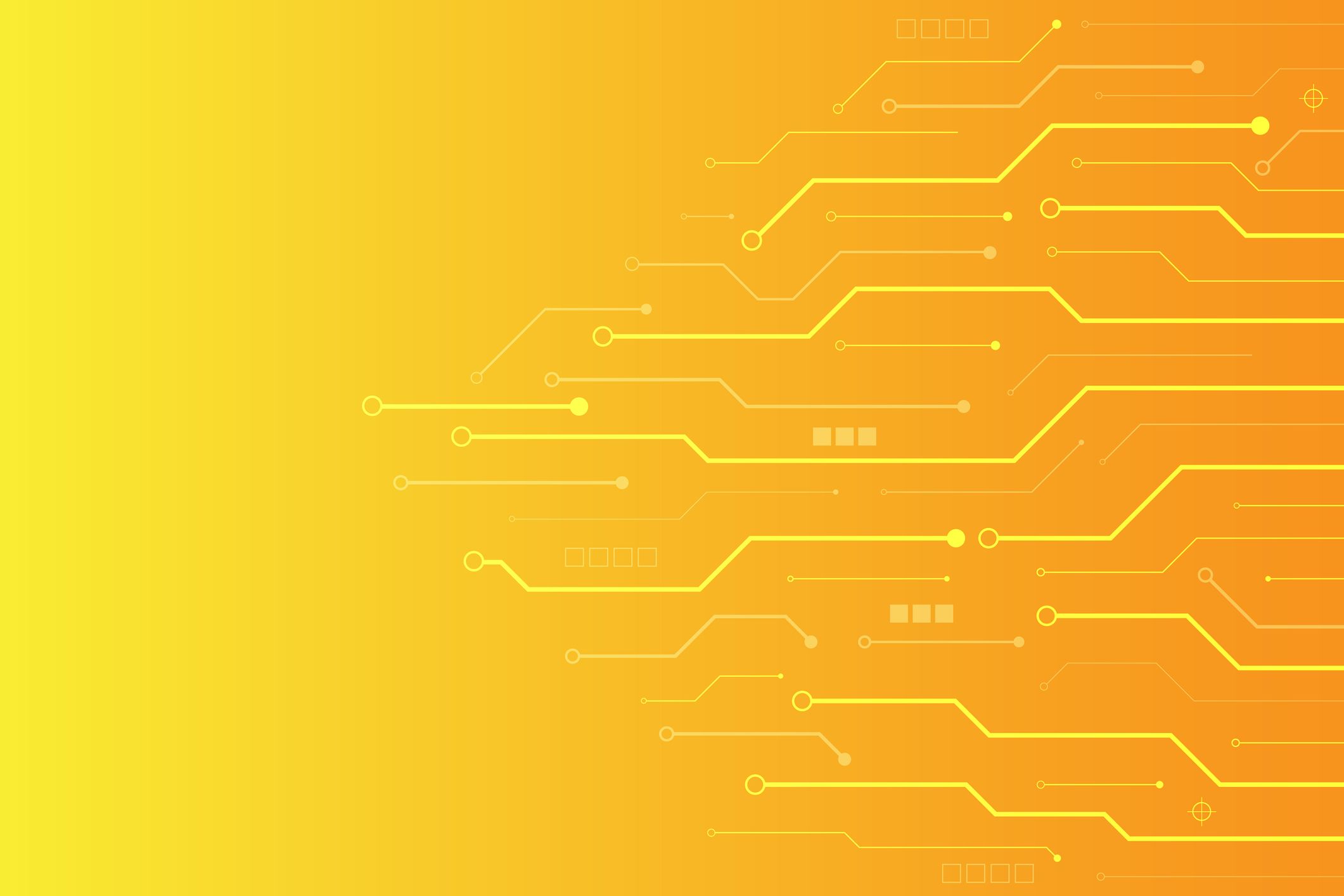
Ahead of this summer’s D23: The Ultimate Disney Fan Event in August, Disney surprised fans with the announcement that one of its most popular ticketed presentations was going to be livestreamed for the first time… exclusively in Fortnite. During “Horizons: Disney Experiences Showcase,” Josh D’Amaro, chairman of Disney Experiences, was joined on stage by creative leads from across The Walt Disney Company to discuss Disney’s expansive collaboration with Epic Games, Fortnite’s developer, in which Disney has invested $1.5 billion.
In front of a sold-out crowd of about 12,000 in Anaheim’s Honda Center and 1.2 million Fortnite players who joined the livestream on a specially created island in the game, they shared how Disney storytelling would be integrated into Fortnite and unveiled Disney, Star Wars and Marvel characters and skins. Players who visited the “Disney Horizons Live” island for 10 minutes received a free in-game item and XP, and a replay of the stream on a loop was available for a week after.
Through the livestreamed Epic Games announcement, Disney tapped an audience 100-times the size of the arena attendance and reached gamers and Gen Zers who may not have made it through the doors of the D23 venue, as tickets to the highly coveted fan event can get quite pricy and typically sell out within a day. Just as Disney cracked open the door to livestreaming on a gaming platform, brands are navigating new online spaces and elevating virtual experiences hosted on platforms that have been perfected since the pivots of 2020.
In conversations with event marketers, we’ve discovered a divide in experiential priorities and preferences. Post-pandemic, some brands went all in on in-person experiences, opting to let go of virtual components, while others, particularly global tech brands, have continued to offer hybrid programs to allow customers and users to join virtually from around the world. These decisions on event formats or platforms don’t just come from executive leadership or budgets; brands are making an effort to collect the right data, listen to their attendee bases and shape event experiences to best fit their needs.
HYBRID IS HERE TO STAY
A month ahead of SAP’s hybrid SuccessConnect, taking place Oct. 28-30 in Lisbon, Portugal, in-person registrations sold out, but the free virtual experience remained open to interested attendees. The annual customer event brings together h.r. business leaders, SuccessFactors users and prospects to explore the latest SAP human capital management (HCM) technologies through keynotes, sessions and demos. Integral to the event’s recent iterations has been the virtual experience with live and on-demand content across three days.
Melissa Vilders, head of global events strategy and experience, SAP HCM Solutions, SAP Global Marketing, says SuccessConnect Virtual offers many benefits to registrants, such as the opportunity to fit the programming into their own schedule and save money by not having to book travel and accommodations. Live feeds from the show floor, real-time polls and interactive learning components are in place to make sure virtual attendees still participate and feel the energy from the in-person event.
“From the time we started in 2020 all the way to now in 2024, it’s been constant change and improvement to keep designing a program that fits the expectations of our customers,” Vilders says. “Even the length of the program used to be much longer, but with the data and feedback we collected, we made it shorter, and shorter doesn’t mean that it’s less powerful; it just means that it’s really the best of the best that we are delivering for the virtual attendees.”
REGISTRATION DOESN’T EQUAL ENGAGEMENT
SAP monitors several key metrics to quantify the value its audience places on SuccessConnect Virtual. The No. 1 metric is, of course, the virtual attendance rate, which is compared against in-person attendee numbers, and Vilders specifies that this is not the same as the number of registrations because “it’s easy to register for a free event and just not come, so we really look at the actual attendance.”
Engagement metrics include the number of virtual sessions attended, chat interaction, polling participation and the number of questions asked in live Q&As. Post-event, SAP reviews the number of views on session playbacks, time spent in a session and dropout rates to understand which sessions were most effective. “Is 50 percent of the audience tuning out after 20 minutes?” Vilders says.
For SAP, surveys are crucial to gathering direct feedback from attendees, and yes, Vilders and her team read every comment to see what worked well and identify enhancements. With this year’s event being held in Portugal, SAP is looking at the geographic locations of virtual attendees to get a sense of how widespread the virtual attendance is and determine if a future in-person event would make sense in a particularly concentrated area of attendees.
WHAT HAPPENED TO THE METAVERSE?
Somewhere attendees are not is the metaverse. At a time when everyone was trapped inside and on endless Zoom meetings, the metaverse seemed like an appealing space to virtually connect with friends and fellow users. But once pandemic lockdowns were lifted and people found a new appreciation for experiencing in-person togetherness and live events, the metaverse’s appeal and excitement hit a downturn. In October 2022, data aggregator DappRadar found that metaverse platform Decentraland had just 38 active users in 24 hours, while The Sandbox had 522 daily users—despite both having over $1 billion valuations.
Wired cites the November 2022 release of ChatGPT as the spark that led tech companies, including Meta, to shift their capital and resources toward AI innovation, either minimizing or altogether abandoning the metaverse. Additionally, many chief metaverse officers have taken on different positions or left, such as Michael White, who was appointed to lead Disney’s metaverse efforts in 2022 but left after the brand shut down the division a year later. Disney then announced the launch of an AI task force.
ROBLOX REIGNS SUPREME
In a world where the metaverse is barely hanging on, Roblox is thriving. The gaming platform allows users of all ages and skill levels to play user-created games or produce their own through Roblox Studio. Inside the virtual world that hosts 79.5 million daily users, gamers can get social by making friends and interacting with game developers, and brands are buying into Roblox’s positioning as a marketing tool, popping up their own immersive experiences within the platform.
In June, IKEA opened a virtual store on Roblox through The Co-Worker game, where players can explore the brand’s home furnishings showroom and visit the famous Swedish Food Market and Bistro. In advance of the launch, IKEA recruited 10 virtual coworkers for paid roles at the IKEA hourly rate for a London employee, £13.15, from more than 178,000 applicants. Alongside the paid players, Roblox users can become a coworker or team leader to develop their career at their own pace in positions inspired by real IKEA jobs, including sales, interior design and f&b.
Roblox opened “The Brands Experience” in September, its own virtual world that presents case studies from popular brands that have previously launched their own Roblox experiences, and features a virtual tour of the platform’s ad offerings and gamified marketing challenges. Interested brands can jump into the experience, developed with creative studio Sawhorse, to move through campaigns from adidas, Universal Pictures, Walmart and Paris Hilton’s 11:11 Media, while learning how to activate on Roblox from a user POV. Truly “powering imagination.”
Top Metrics for Virtual Programming
SAP’s Melissa Vilders lists eight key metrics for measuring the value of a hybrid event’s virtual component.
Melissa Vilders, SAP
Melissa Vilders, SAP
☑️ Number of virtual attendees
☑️ Number of live sessions attended
☑️ Participation in live chats, polls and Q&As
☑️ Number of views (on-demand session playbacks)
☑️ Time spent viewing a session on-demand
☑️ Satisfaction scores in post-event surveys
☑️ Geographic locations of virtual attendees
☑️ Website traffic pre-, during and post-event
-Juanita Chavarro Arias
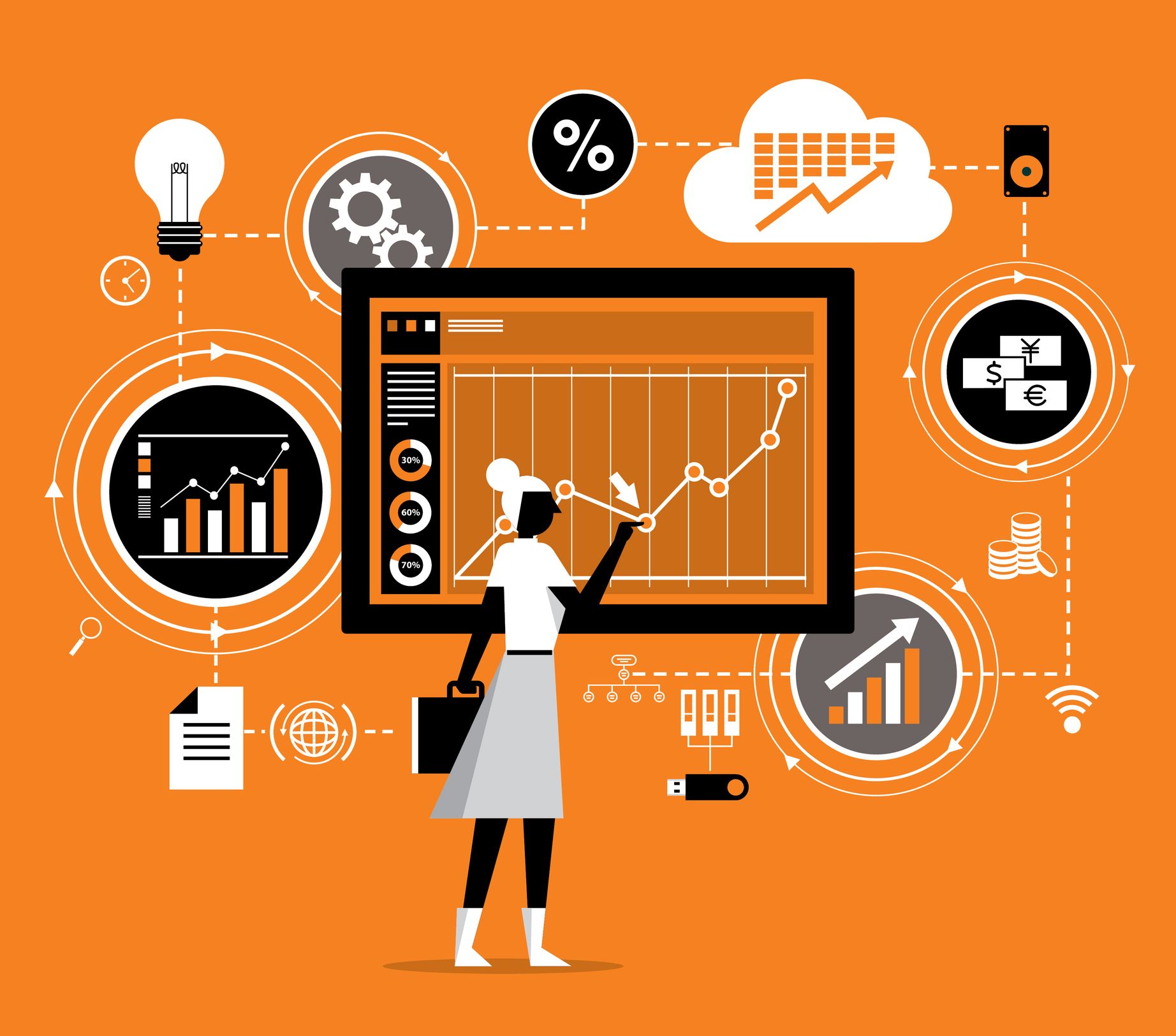
THE SCIENCE OF ATTENTION
TRACKING CONCENTRATION AND SENTIMENT IN THE DATA AGE

At some point over the last decade, nearly everyone has heard that the average human’s attention span is eight seconds—shorter than that of a goldfish. The data was published in a 2015 Microsoft-led study and subsequently picked up by a host of major news outlets. But when the stat was debunked two years later, the damage had already been done. The myth had embedded itself into pop culture and business strategies alike.
There’s no refuting that people are living busier lives, and research shows that we’re exposed to thousands of advertising messages per day. That makes competition for attention high, but some event professionals argue that humans’ capacity to focus hasn’t shrunk as much as it needs to be earned. (You still with us?)
“You have to be able to earn people’s intentional attention,” says Pablo Rosas, executive director-strategy at media company ATTN:. “I have a 12-year-old who reads 300-, 400-, 500-page books—it isn’t a generational thing. We all binge-watch things on Netflix. Clearly, we can pay attention to things for more than eight seconds. So first, you have to stop trying to solve the wrong problem. The problem isn’t that people can’t pay attention for a long time... The real challenge becomes, how do you earn it?”
On the other hand, Dean Armintrout, senior director-global event marketing at TransUnion, believes that humans’ addiction to the quick dopamine hits that social media provides has translated into the way that attendees want to experience a business event, particularly when it comes to how they consume content.
“If you’re just listening to a speaker for half an hour, you’re toast,” says Armintrout. “Every 10 or 15 minutes, you need something to visually shift, whether it’s shifting to video or shifting to another speaker on the other side of the stage. Your mind constantly needs that, and I guarantee you people 100 years ago didn’t need that. We created our own monster in that sense.”
Indeed, attention is a hot industry topic. In fact, beginning in September, the International Advertising Bureau’s Attention Task Force started drafting attention measurement guidelines in collaboration with the Media Rating Council. The pair plan to release one of the guides in Q1 2025.
In conversations with authorities in the field, they, too, pointed to an inflection point in the attention economy. So for a better grasp on the landscape, we tapped the experts for best practices on earning attention at b-to-b events, insights on the modern metrics that matter, new tools worth trying and strategies in action.
THE NEUROSCIENCE
The science of attention is just that—a science. Neuroscience, the study of the nervous system and brain, is foundational to understanding attention spans. And the more marketers know about how the human brain works, the better equipped they are to earn and retain their attendees’ concentration.
Experts have widely agreed that there are four types of attention, but the way they specifically define those categories is a bit varied. One event-based interpretation comes from ATTN:, which formulated its four-part Attention Framework after hiring a research organization to do a comprehensive study on attention and conducting in-depth interviews with a range of neuroscientists. The resulting framework defines the four types as instinctual, emotional, cognitive and planned.
The Lowdown:
- Instinctual attention is triggered by visceral elements, like loud noises or flashing lights.
- Emotional attention is about making someone feel deeply enough that they stay engaged.
- Cognitive attention engages the brain in some light problem-solving that the team at ATTN: informally calls the “Wait, what? Effect.”
- Planned attention involves making a decision to engage in an activity.
And because the Attention Framework is founded on neuroscience, its application is universal, and can be leveraged for both business and consumer events, Rosas says.
On the b-to-b side, he encourages marketers to ask themselves: “What part of the day or what part of the session or what physical location do I want to use for instinctual? Then, why do I want people to feel something, and what is the thing that I want them to feel? And then, when is the moment I want to provoke them to problem-solve with me and think through something along with what’s happening at the event? And the planned is, OK, when do I want people to make a decision in some way?”
After studying a host of Cannes Lions entries this year, ATTN: discovered a McDonald’s consumer program that serves as a prime example of how the framework can be used because it triggered all four attention types. And the strategy was incredibly simple.
Over the spring, the fast food giant planted first-of-their-kind scented billboards that emitted the aroma of warm McDonald’s french fries in the Dutch cities of Utrecht and Leiden whenever a consumer passed within sniffing distance. Each (unbranded) installation was located roughly 650 feet from a restaurant location, and featured a compartment that held fries, along with a ventilation system that amplified their scent. (TBWA\Neboko and Raúl&Rigel handled.)
The billboards activated instinctual attention with the smell of the fries, emotional attention because people generally love eating them, cognitive attention because they had to ponder why they smelled the food and where it was coming from, and planned attention because many of them then decided to go purchase the fries at a restaurant a few hundred feet away.
TIPS & FUNDAMENTALS
It goes without saying that there’s no one-size-fits-all solution for earning, retaining and measuring attention. But there are some fundamental best practices event marketers can lean on. So, straight from the b-to-b trenches, we bring you five core insights.
➡ TUNE INTO ATTENDEES' INTERESTS.
If you want to know how to earn an audience’s attention, you have to know who they are and what interests them. Even brands who have hosted annual conferences for years may not know their attendee base as well as they could.
“I always go back to, who is your attendee?” says Katie Moser, director-marketing at GoGather. “Get a very, very deep-dive understanding of who your attendee is and what is interesting to them. Really understanding who’s coming to your event, what they want to get out of your event, how they like to consume content, are they coming to network, are they coming to learn? There are so many factors, but it’s the place that event managers need to spend a lot of time diving into and understanding.”
➡ OFFER A MIX OF BITE-SIZED CONTENT AND DEEP DIVES.
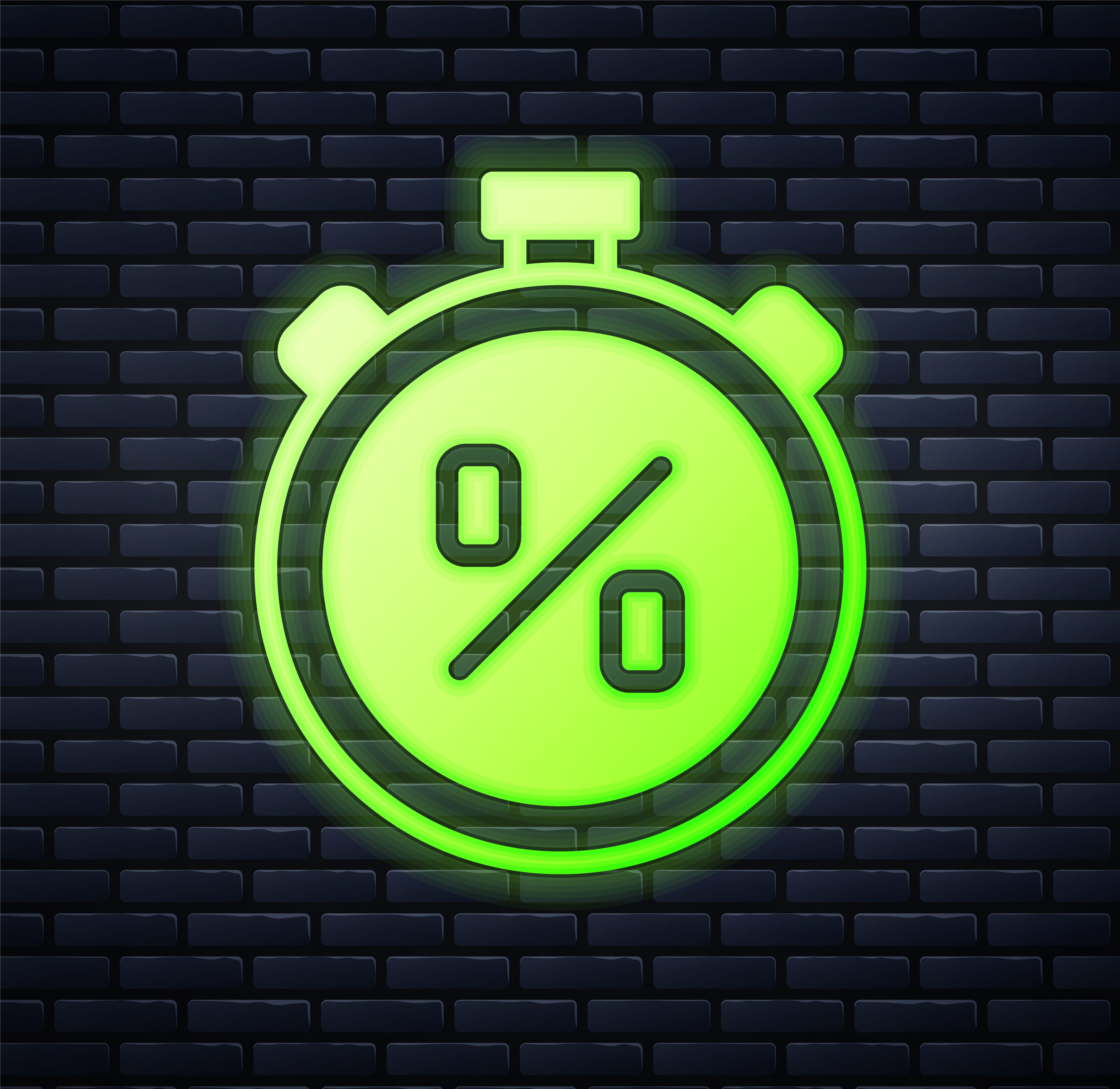
For Armintrout, shortening breakout sessions is critical to maintaining attendees’ attention because it mimics the way they like to consume content in their personal lives. And for sessions that need to be longer, creating consistent shifts in the way the content is delivered is essential.
“These 15-minute, 20-minute content sessions with another 10 minutes for Q&A are the perfect sweet spot,” he says. “It gives [attendees] time to then ask questions and engage on their own accord. And then if it is a longer general session, you’ve got to break it up with videos or other entertainment or shifting of speakers... It’s the reality of how we are delivering content and how people are consuming it, so we’ve definitely got to keep that in mind at our events.”
On the other side of the token, Moser advises against completely overhauling your conference format. There are certain b-to-b event staples that attendees have come to expect, she says, and one of them is the opportunity to deeply explore a topic.
“There’s a necessity for those longer deep-dive sessions, and I don’t think people don’t want more deep dive content, because that’s why you go to events,” Moser says. “You’re not attending an event just to get information that you could get on your phone. You’re going to learn things that are hands-on or deeper expertise that you may not be able to get just from being online... Then [it’s] having some of those smaller sessions sprinkled throughout the show floor that people can go to and wander around and get a bit of that format like you would on social media.”
➡ KEEP PRODUCT DEMOS TO FIVE MINUTES.
It might sound counterintuitive, but these days, shorter demos tend to make attendees more apt to stay on the floor and engage with a brand a little longer, or opt in for more info. As Armintrout puts it, if it takes you more than around five minutes to describe the basics of your product or service, you’re likely to lose prospects’ interest. It’s about delivering a short, engaging hook to get them interested in your story, and telling that story fast.
“If you have a five-minute demo to show me, I’m all in. Give me the nuts and bolts of how this is going to work, how it’s going to affect my business, why I should want to partner with you,” he says. “If you start showing me a 15- to 20-minute demo, it’s too much. People want those quick interactions... If it’s crisp enough, you’re going to engage me, and I’m going to ask questions. And that’s where you’re going to realize a deeper connection in your conversation.”
➡ BUILD IN 'OFFICE' TIME.
The reality of the modern workforce is that people will check their work email at your events. They’ll take phone calls and meetings. But if time for those activities is built directly into the agenda at strategic points, attendees will be more likely to devote their full attention to the event content.
“If you have three hours of sessions back-to-back, it can be hard to retain anything. And you’re going to start to lose people,” Moser says. “So figure out how to build in good, interesting breaks for people where they can get up, they can move, they can interact, they can spend some time on their phone so they get that side time to answer emails. Just trying to keep in mind what your modern attendee is interested in and needs [in order] to be able to stay focused.”
➡ ELEVATE YOUR A/V GAME
At Quest Software’s annual NXT sales conference this year, an upgraded a/v strategy impacted how well the audience was able to concentrate, according to Alyson Strickler-Vazquez, senior event and marketing specialist at Quest. To modernize the experience and make content feel more engaging and dynamic, the brand installed LED screens in every breakout room and leveraged giant projection-mapped LED cubes on stage to add “dimensionality” to keynote presentations, among tactics.
“The resounding feedback has been that they’re much more attentive now to what we’re saying,” Strickler-Vazquez says. “They’re able to see the screens better. It’s a better presentation. We’re keeping them awake. Obviously, that’s combined with a lot of other things that we do, but I would equate most of that to what we’re doing from a digital aspect and all the a/v that we’re bringing into the room.”
Case Study: Tennessee Department of Tourist Development Offers ‘Sound Advice’
Listening to music is an innately emotional experience, but the Tennessee Department of Tourist Development (TDTD) took things up a notch over the spring along NEEDTOBREATHE’s The CAVE World Tour. Across nine U.S. tour stops, the organization highlighted Tennessee’s musical legacy by combining tunes and tech to transform concertgoers’ brainwaves into tailored travel recommendations. Dubbed “Sound Advice,” the activation used electroencephalogram (EEG) technology to measure attendees’ subconscious affinity toward different Tennessee locales based on their respective sounds.
Fittingly, the activation coincides with TDTD’s recent brand refresh and new tagline, “Tennessee Sounds Perfect.” How it worked: Participants stepped inside a custom-built booth, where they strapped on one of MUSE’s research-grade EEG headbands and listened to authentic sounds and songs from around the state. More than 20 iconic destinations were featured, including Dollywood, Graceland, The Grand Ole Opry and Ruby Falls. Consumers’ brain activity then determined which sounds resonated most, and TDTD provided personalized recommendations for their next Tennessee getaway via an email that listed the top destinations their brainwaves reacted to. (Agencies: VML; FlyteVu)
METRICS MAGIC
There’s no shortage of attention-span measurement methods, platforms and tools out there. There’s also no “right” way to analyze attention, and marketers have plenty of options, from exit surveys to biosensors to lead generation to social listening to session analytics.
That said, combining metrics has proven to give event professionals a more thorough and actionable understanding of audience attention and engagement levels. There’s a lot to choose from, but the following options should get you going in the right direction.
➡ BIOSENSORS & WEARABLES
Wearable technology and biosensors that measure elements like attendees’ brain activity, heart rate variability, changes in sweat gland activity and movement around the event are all science-backed ways of analyzing attention. And there are a number of approaches you can take, depending on the vendor you select, but bear in mind that it likely won’t be cheap.
Providers like iMotions, which lever-ages a neuroscience-backed methodology and focuses on the four types of attention, and Emotiva, an AI platform that uses computer vision and machine learning algorithms to analyze emotional responses, are among measurement platforms making headlines.

➡ VIDEO ANALYTICS
Video analytics software can help marketers identify how many audience members are engaged in content at a given time, and in real time, as well as their emotional state. Eye-tracking technology, in particular, is growing in popularity among event profs looking for specific insights into how many people are paying attention to the content, how deeply focused they are, and when their concentration wanes.
At the 2024 Experiential Marketing Summit in Las Vegas, event measurement partner These Guys used its AI-supported video technology to analyze audience attention and sentiment at various sessions and keynotes.
Among results, the organization reported that during the last few moments of the opening keynote, attendees were still engaged. Among the stats: 45 percent of the audience expressed excitement, 31 percent displayed focus and 21 percent showed joy, while only 2 percent were confused and 1 percent expressed doubt.
-Kait Shea

VISITOR'S GUIDE
MEASUREMENT STRATEGIES AND INSIGHTS IN PLAY IN TODAY'S
TRADE SHOW BOOTHS
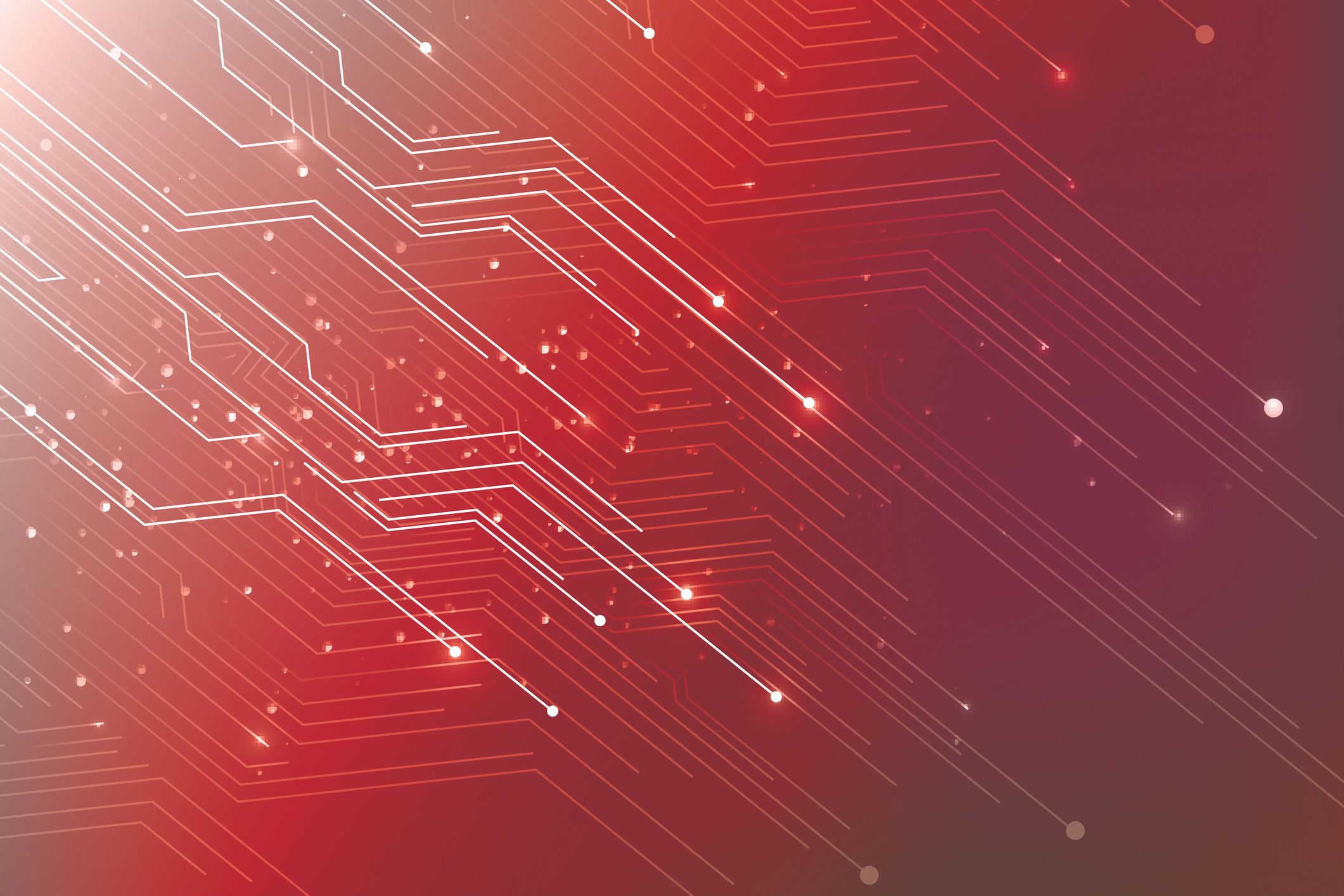
The battle for pre-pandemic budgets wages on with decision-makers today demanding a fuller picture around ROI. Add to that, years of cost increases, an influx of new customer faces on the show floor, and the complexity that the digital engagement era added to the data story, and you’ve got trade show exhibit management in 2024.
It’s no piece of cake, but in response, the industry’s appetite for experiential to help drive higher engagement and higher quality leads, is increasing. In EM’s EventTrack 2024 study, trade show marketers say on-site engagement at events is a most important metric (66 percent) followed by leads (64 percent) and post-event connections (58 percent).
While measurement tools haven’t evolved much—sensors are generating heat maps of activity, cameras are painting a literal picture of success, RFID badges collect leads and track activity—the speed at which marketers can process their data is evolving, and so are the engagement strategies to collect it. Let’s take a look at how.
PRE- AND POST-SHOW LANDING PAGES
Agency partners say corporate exhibitors are placing a stronger emphasis on pre-show marketing, like creating landing pages for early registration and engagement to drive interest and p.r. before the show kicks off.
Optical solutions brand ZEISS at IMTS in Chicago last month received hundreds of registrations for the in-booth Hero Journey experience on a pre-show landing page with the promise of a special bonus prize. The team is comparing that pre-show engagement with attendee engagement around the web-app fueled Hero Journey activations on-site in the 130-foot by 40-foot booth. The results will show the most quality leads of the lot.
“We like to say this, the ‘if you build it, they will come’ mantra just doesn’t cut it anymore, and it’s really about how are you driving traffic and how are you already creating part of that journey,” says Matt Farrell, client team director at Hamilton, which handled the booth for ZEISS.
Part of attracting high-value leads is creating a higher value exchange. “I’m always urging clients to extend that show perspective one more beat,” says Michael Dezso, head of experiential strategy at Czarnowski Collective. “Instead of going from the show to a sales message, you’re extending the show into a CRM so that you’re giving your salespeople an experience to share that adds to the story the attendees experienced on-site.”
In this way, he suggests brands pull back on and save some of their juiciest content or ideas, or create engaging deep-dives that attendees can “play” on their devices at home. The data possibilities continue long after the exhibit is packed up.
TIP! Drive interest for in-booth experiences by creating landing pages for early registration.
ENGAGEMENT OVER COLLATERAL
At the Experiential Marketing Summit (EMS) this year, Kate Alter, trade show and event manager at Philips, told audiences that her approach to deploying tracking and measurement tools is tailored to each show, with the team leveraging surveys for brand sentiment and tools such as Exposure Analytics to track in-booth engagement. “We’re looking at quality versus quantity,” she said. “It’s less about driving badge scans and more about getting the right people in.”
And with so many new faces on the show floor across industries, it becomes even more imperative to build relationships. Lead scoring is more important than ever as data collected in booths from tools like FastSensor can be analyzed through AI and “flagged” to determine a contact’s vested interest in the brand, and allowing sales to prioritize those high-quality leads.
“The biggest challenge for exhibitors, I think, is getting data that can actually make decisions for you,” says Kyle Miguel, account director at Hamilton. “It’s also studying that baseline of where attendance levels are for these big shows coming out of the Covid era, and then getting to know new audiences on the trade show floors that are now the buyer influences.”
In this way, active booths with journey-mapping and experiential woven throughout help paint a richer data picture on the most engaged visitors. Like ZEISS, pet pharmaceutical brand Elanco at VMX incorporated seven learning activations (think: speed-matching game, whack-a-mole) as traffic beacons measured time, repeat visits, unique visitors, hourly traffic, conversion rate and overall top activation areas, among other metrics.
TIP! Games and interactive experiences can be used to collect data on booth traffic and track engagement, such as time spent and unique/repeat visits.
THE ROBOTS ARE COMING
Robots have roamed show floors for a while now, but more and more, marketers are tapping their artificial brains for data analysis, focusing on metrics like ocular attention and evaluating how attendees are looking at content in the space.
“We’re on a new frontier with AI, where we’re essentially letting robots determine buyer intent or input some type of emotional leaning, so as a team, we’re thinking about how that can manifest in an exhibit activation experience within the appropriateness of data privacy,” says Phil Schlitz of Czarnowski.
Earlier this year, Zac Kelley, manager convention services/third-party industry events at Zimmer Biomet, told EM that AI will fuel the next big evolution of measurement. “…AI-driven analytics platforms provide insights into attendee behavior, preferences and engagement levels, empowering exhibitors to refine their strategies and optimize their return on investment,” he said.
Among interesting solutions on the market: August Robotics’ “Lionel,” which has the capacity to help teams plot out a booth footprint for rigging and utility points, among features (and imagine if it had the capacity to analyze prior data and suggest design changes).
TIP! Leverage robots to gather data on ocular attention and movement throughout a booth space.
ON-SITE EXIT SURVEYS
Finally, experience builders are getting back to basics, pairing high-tech solutions with those that are analog, and chasing data that is so fresh it’s collected before attendees leave the show floor.
“For the first time last year, we did an exit survey on-site and followed up post-show with our lead retrieval list to help us understand the attendee experience in our booth as well as their reasons for coming, and that informed much of our exhibit design strategy going forward,” Aaron Conk, senior merchandising and trade show manager, Delta Faucet Co., said during a panel at EMS last April.
Sid van Wijk, global head of executive briefing center and customer advisory board at Miro, says attendees of the brand’s in-house exhibit spaces take an exit survey on paper before they leave.
“The reason for the paper is once it’s virtual, they might say, we’ll fill it out later, or if they do it there, it’s ‘click, click, go,’” says Wijk. “If it’s on paper, for some magical reason, they write a lot. We get so much out of it, having the voice of the customer. A 20-percent completion rate versus an 85-percent completion rate—I’m going to take that.”
TIP! Before attendees leave your booth, ask them to complete an exit survey, either on paper or digitally, accessed by QR code.
-Rachel Boucher


